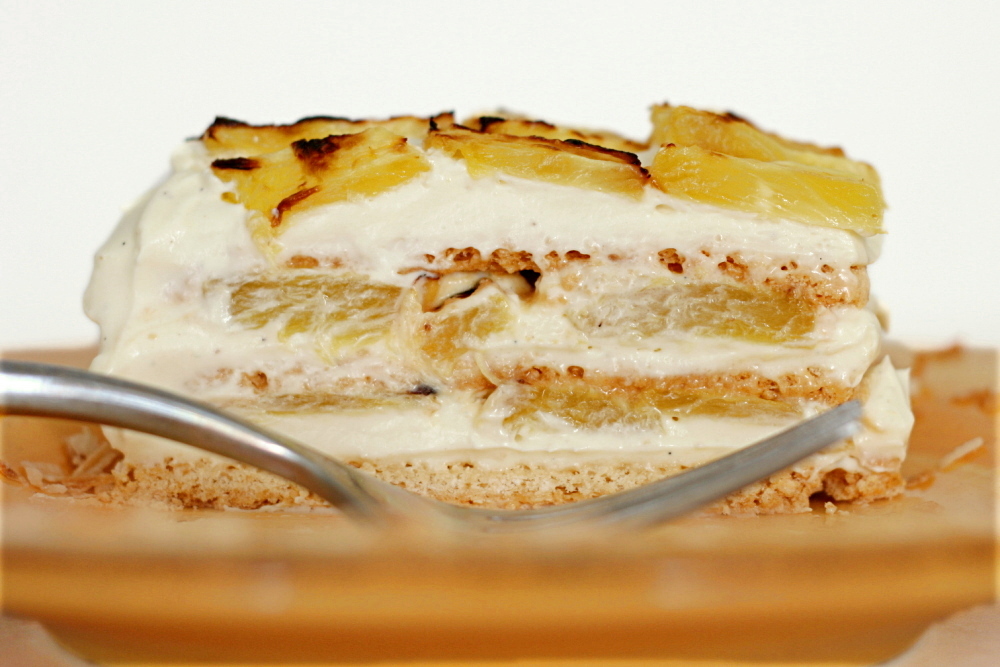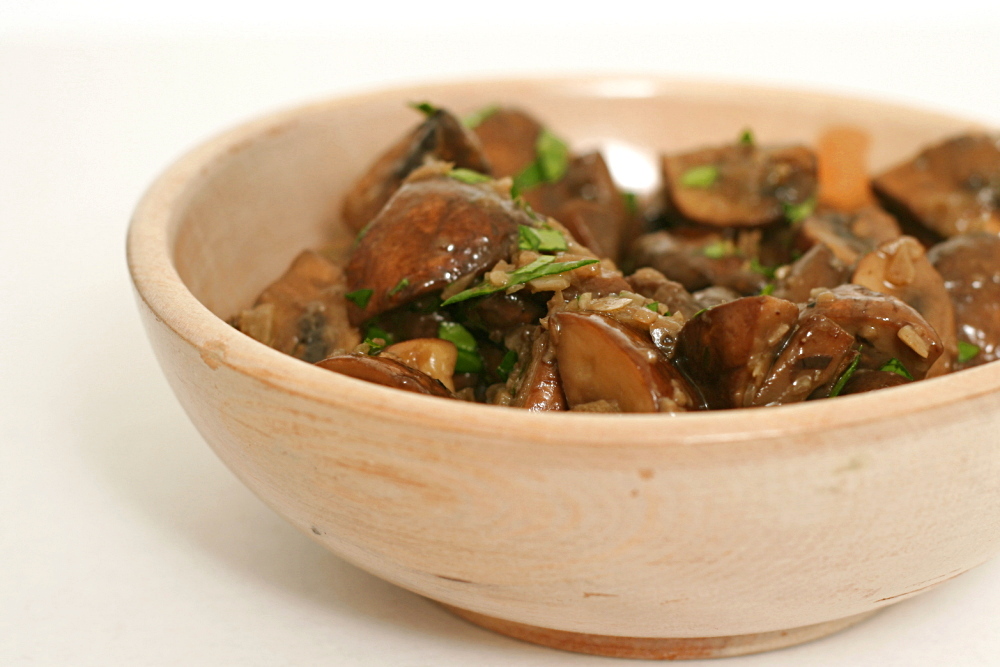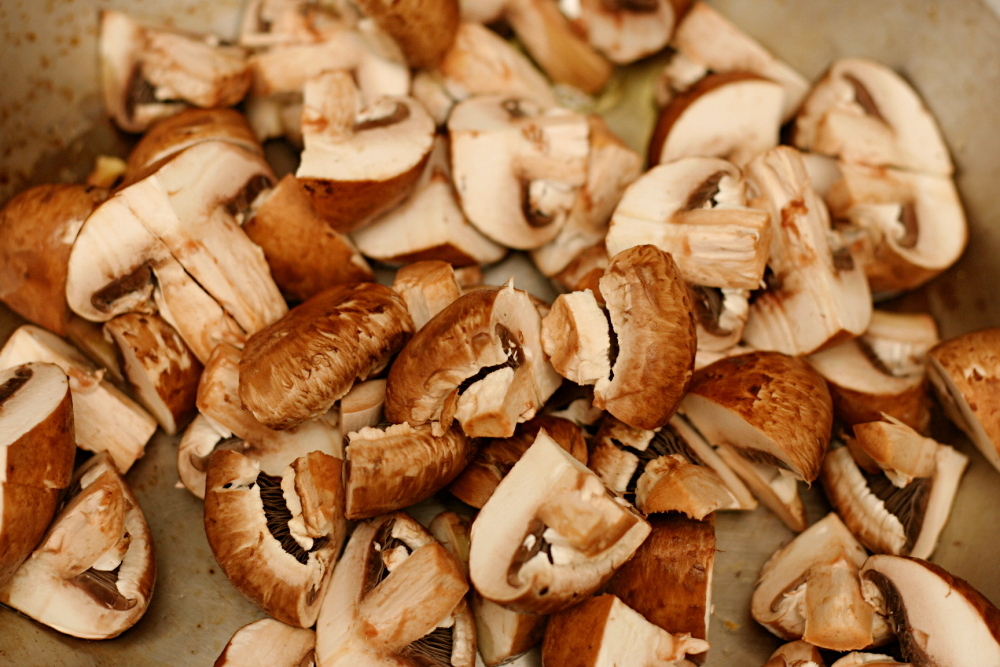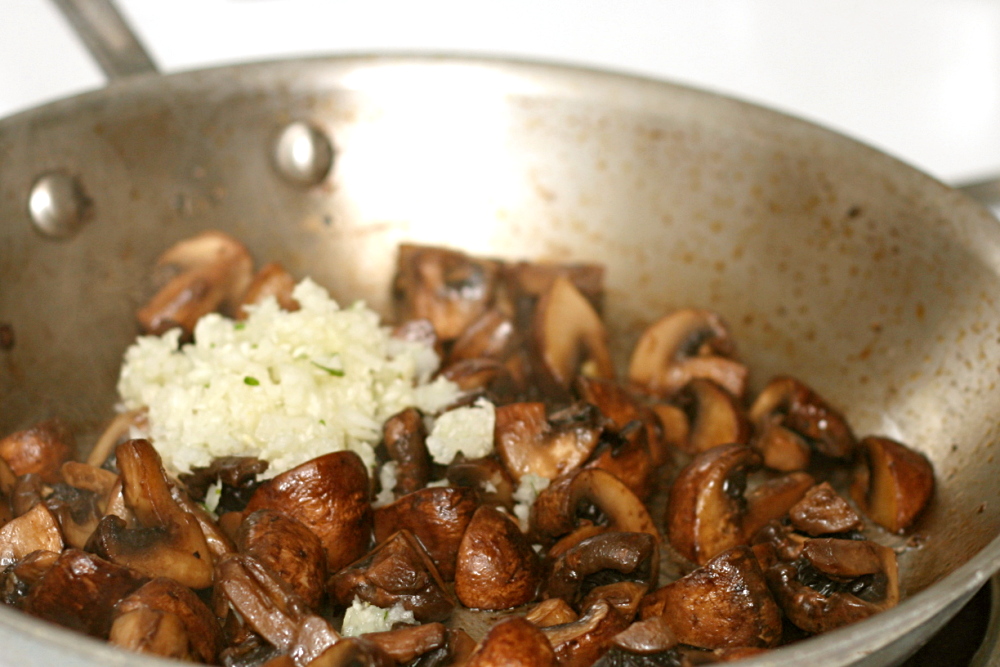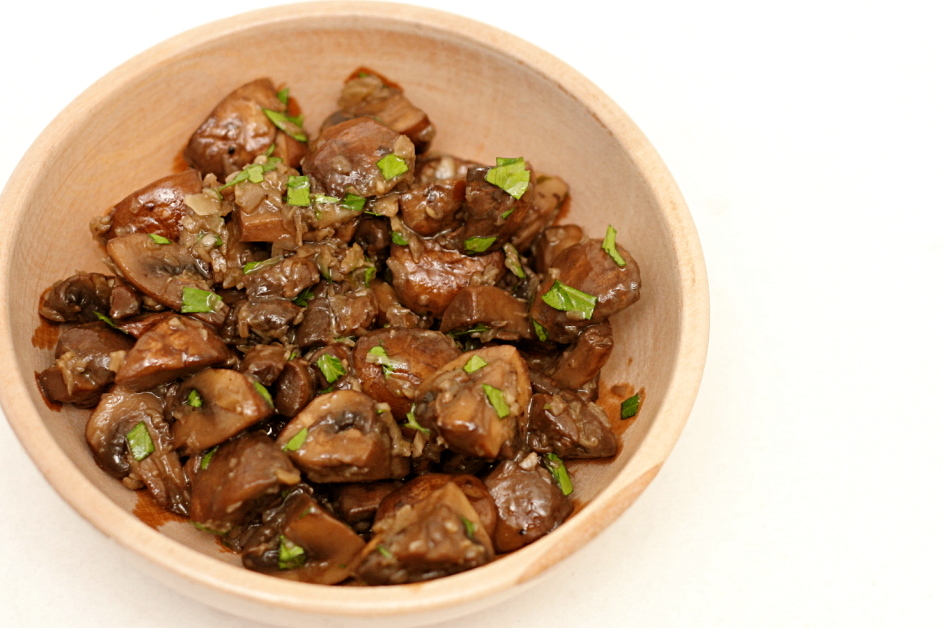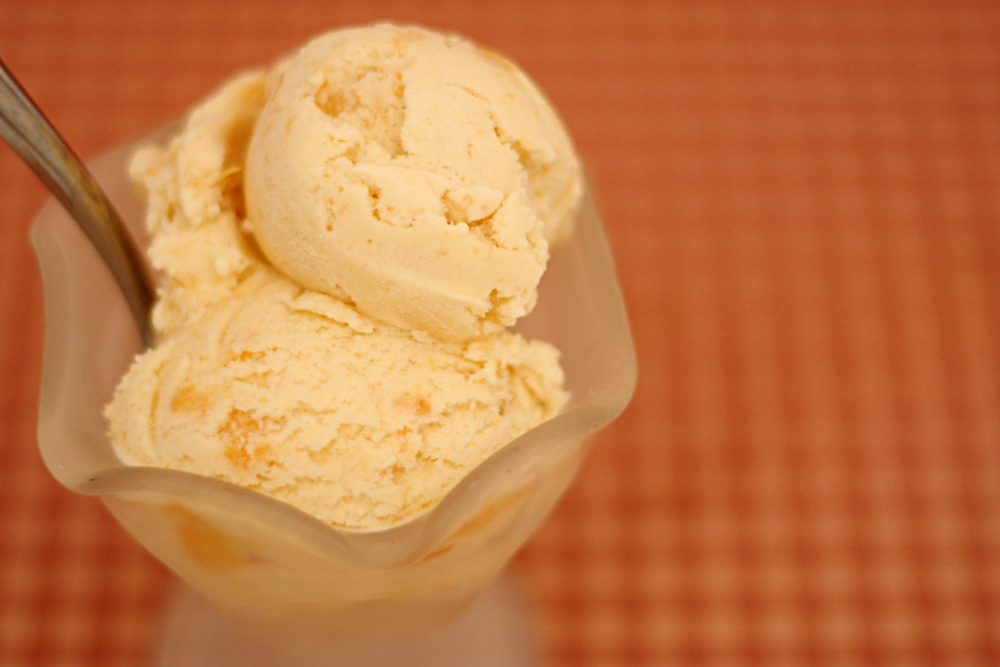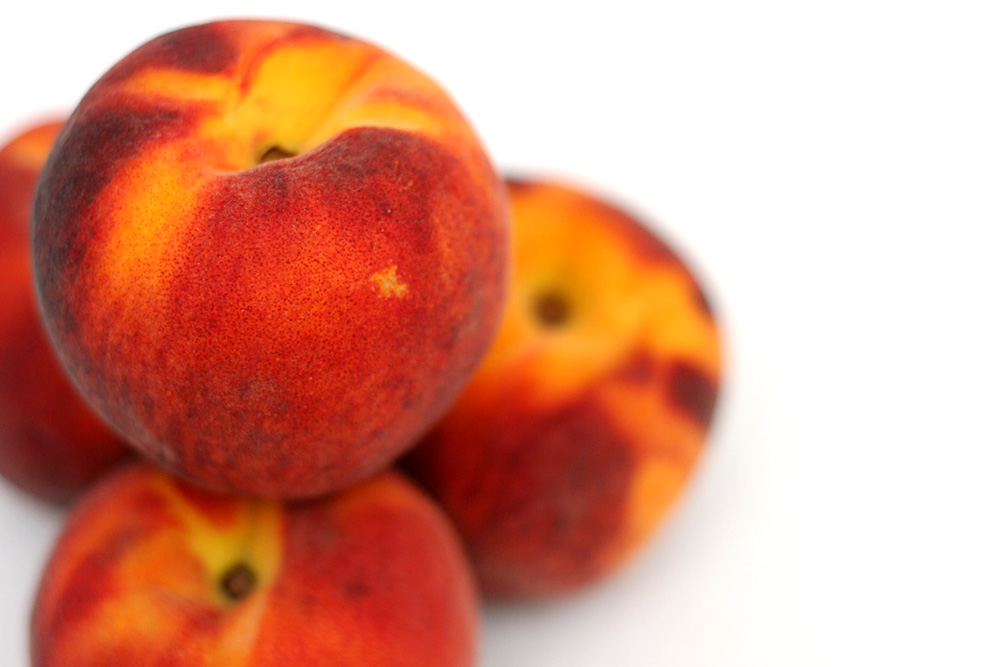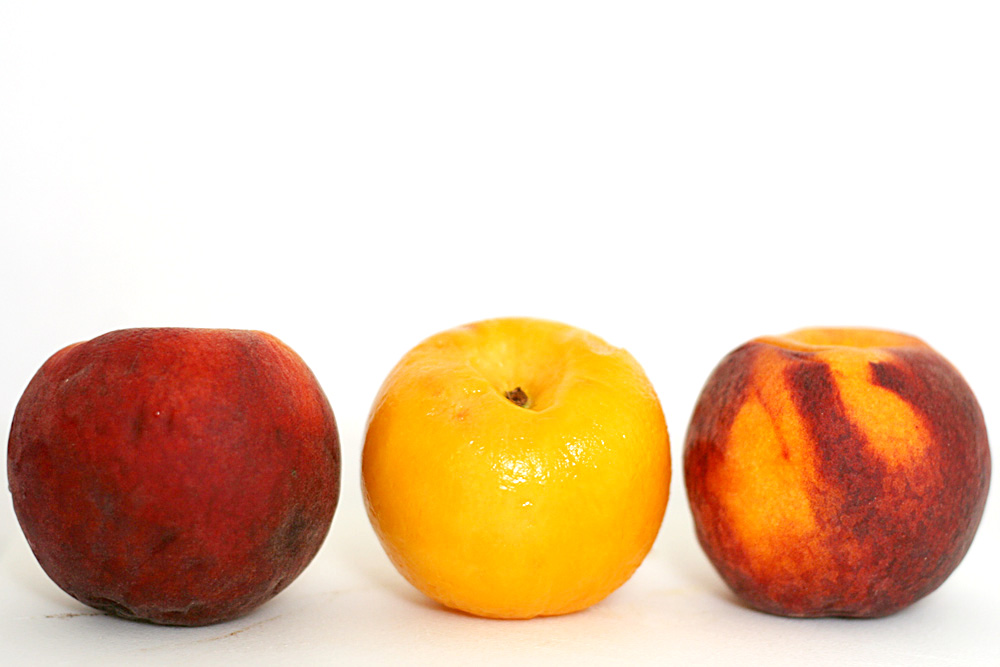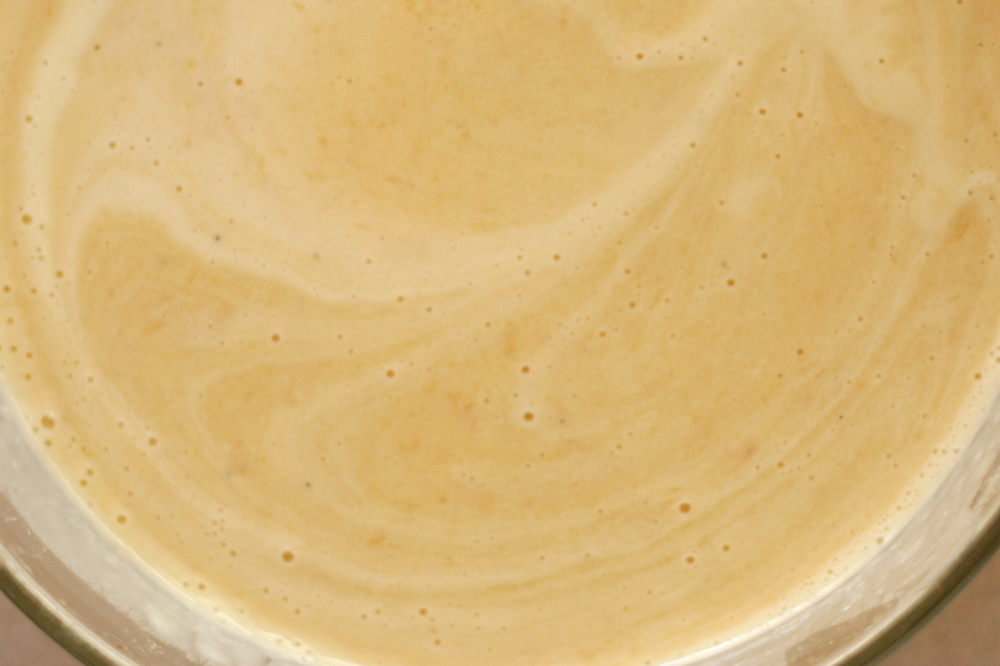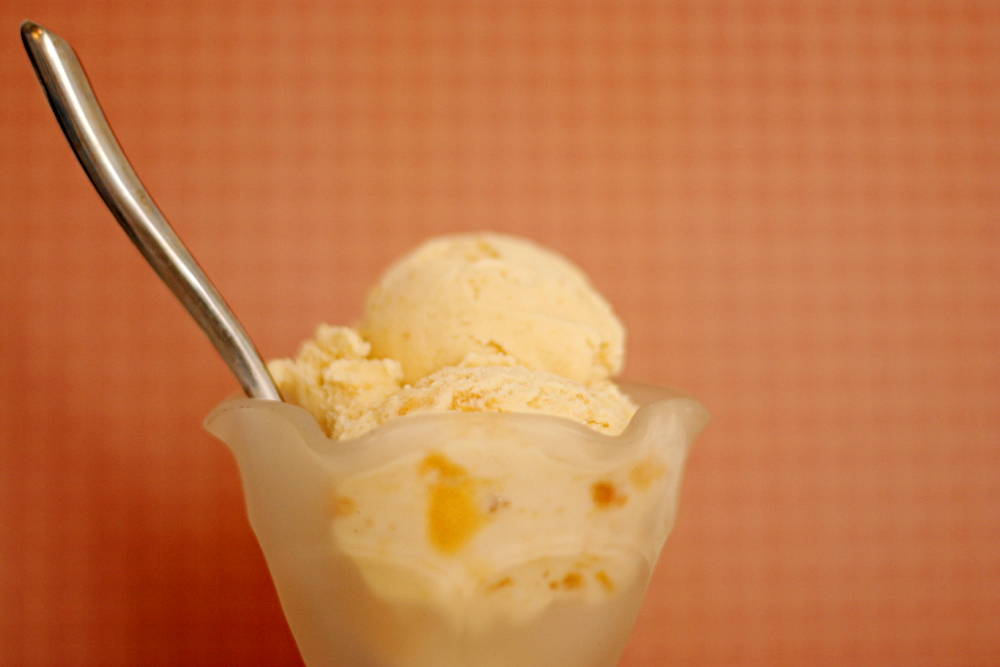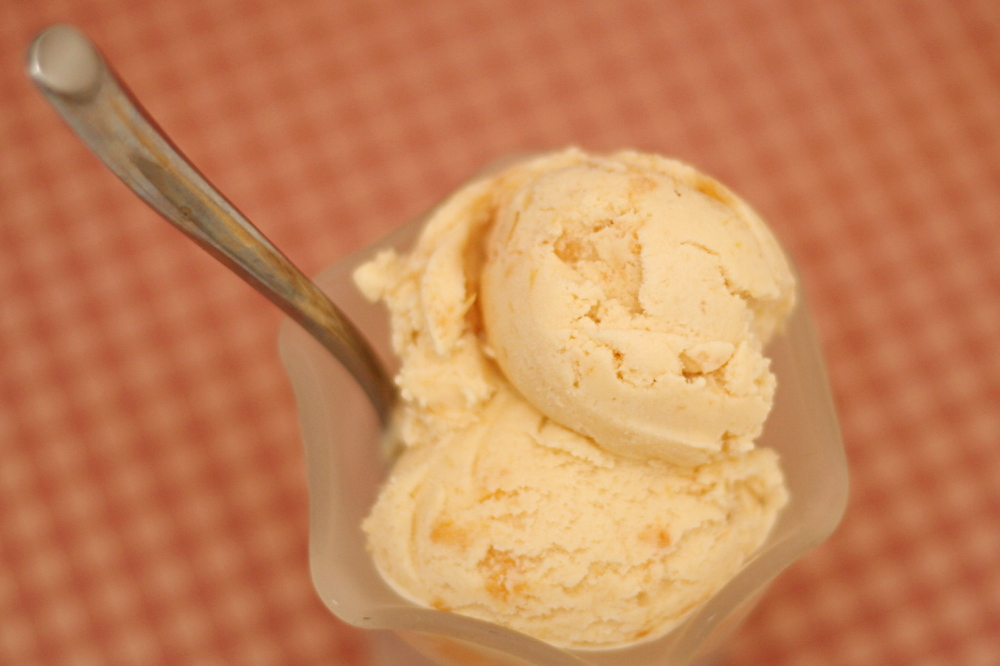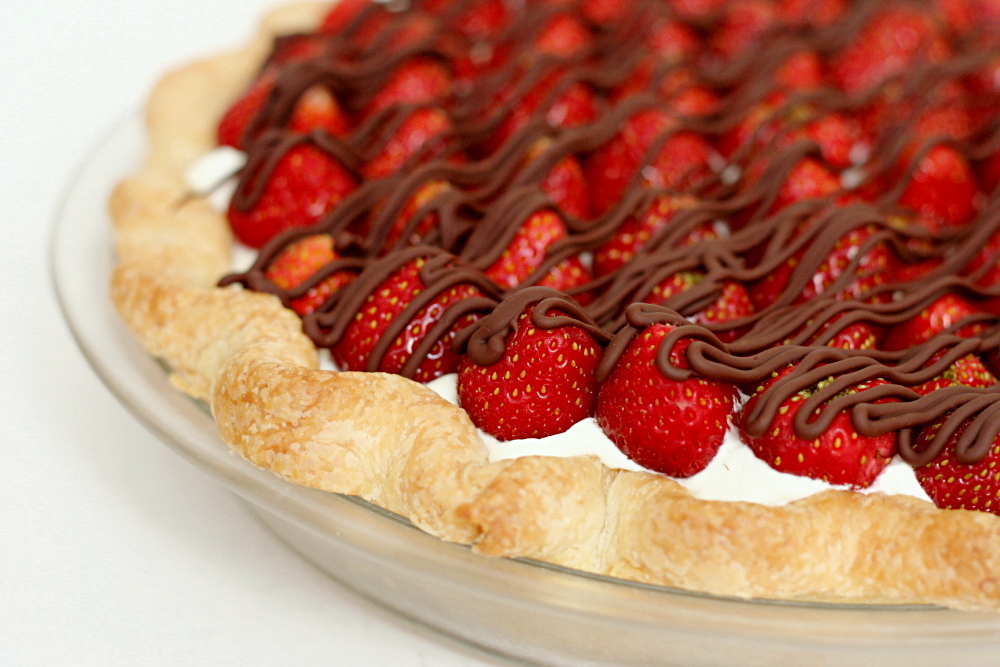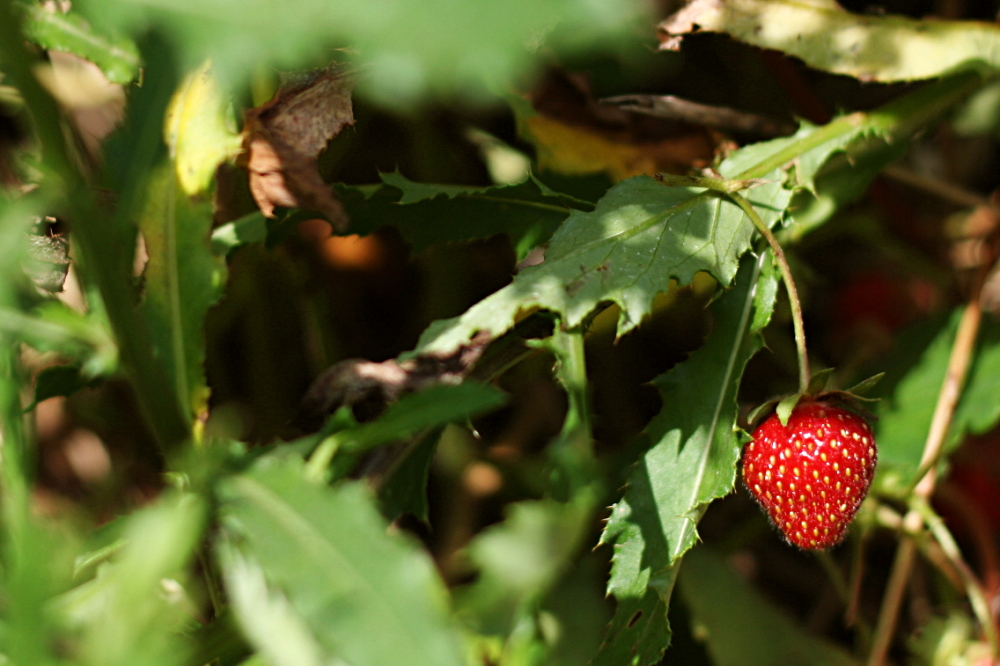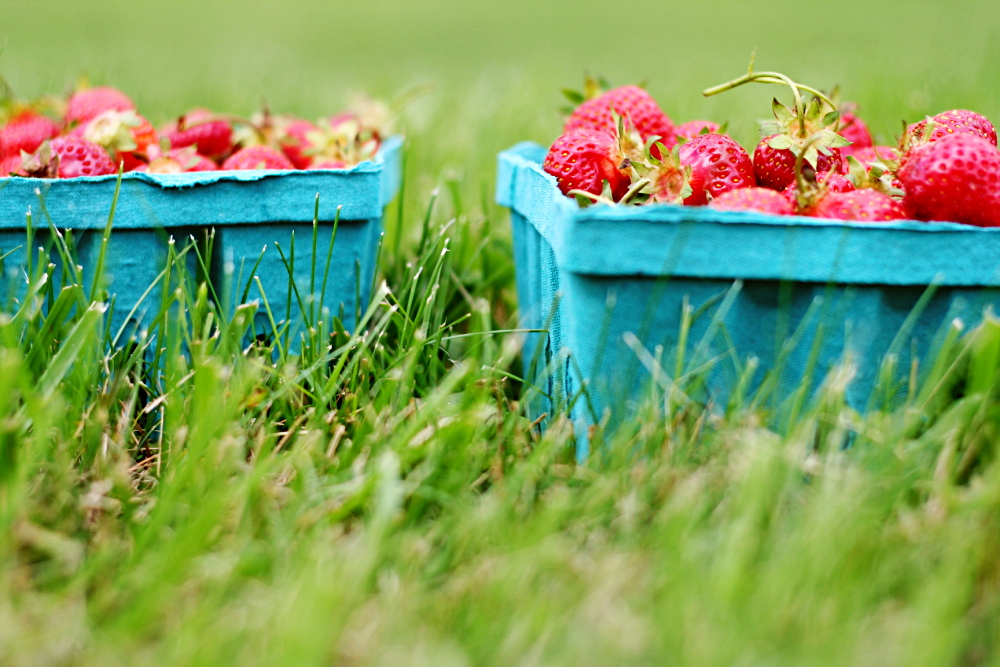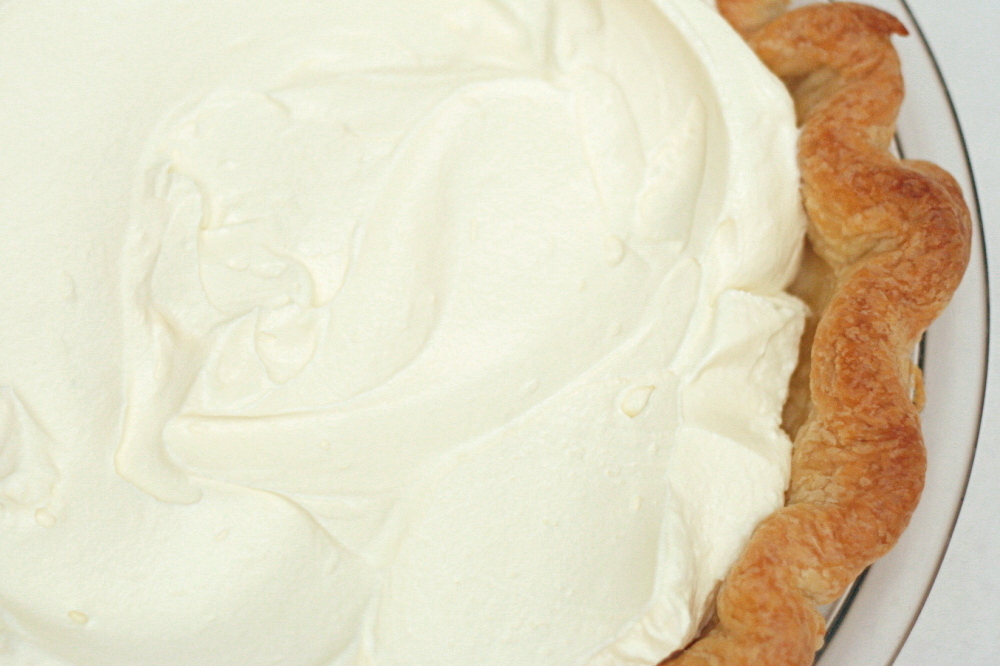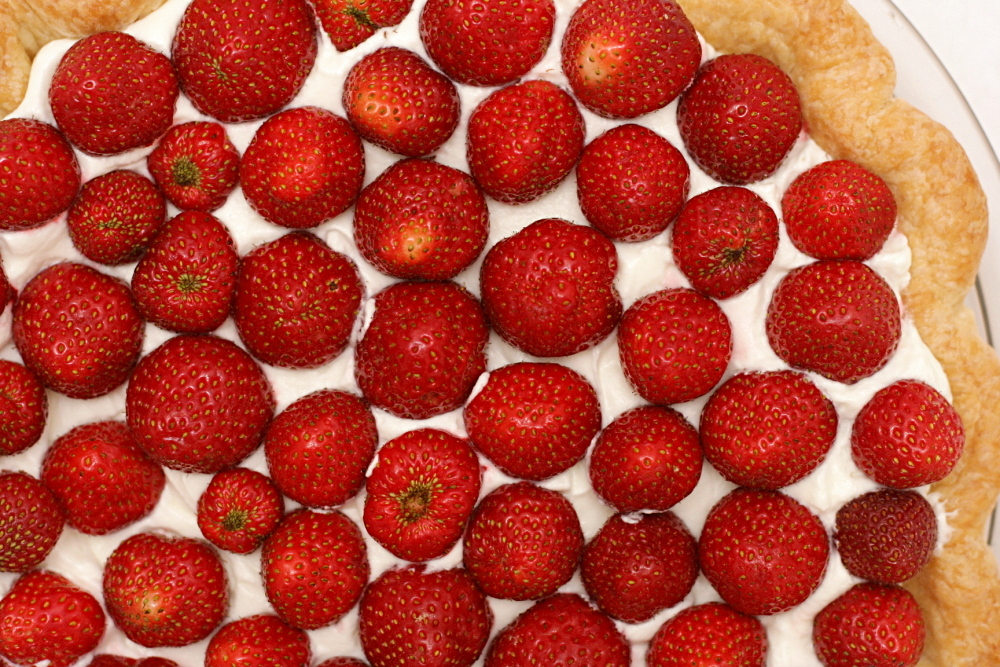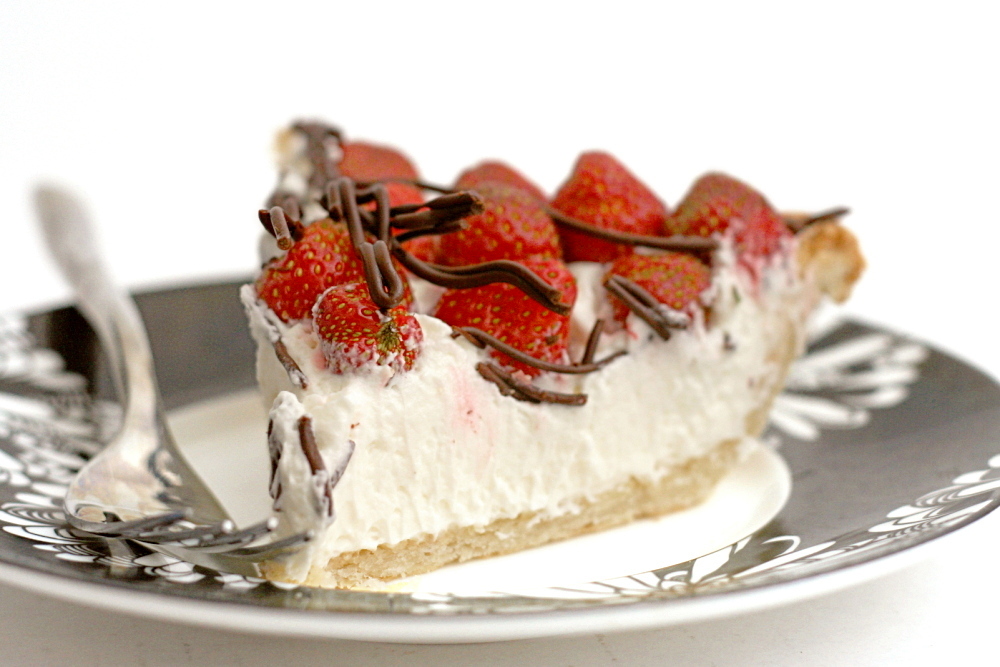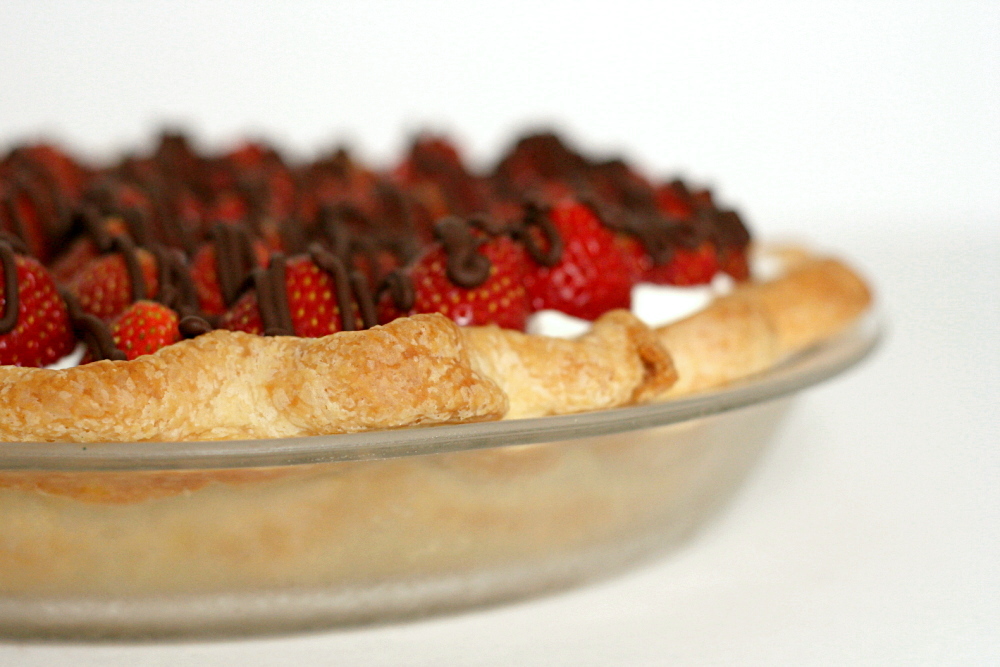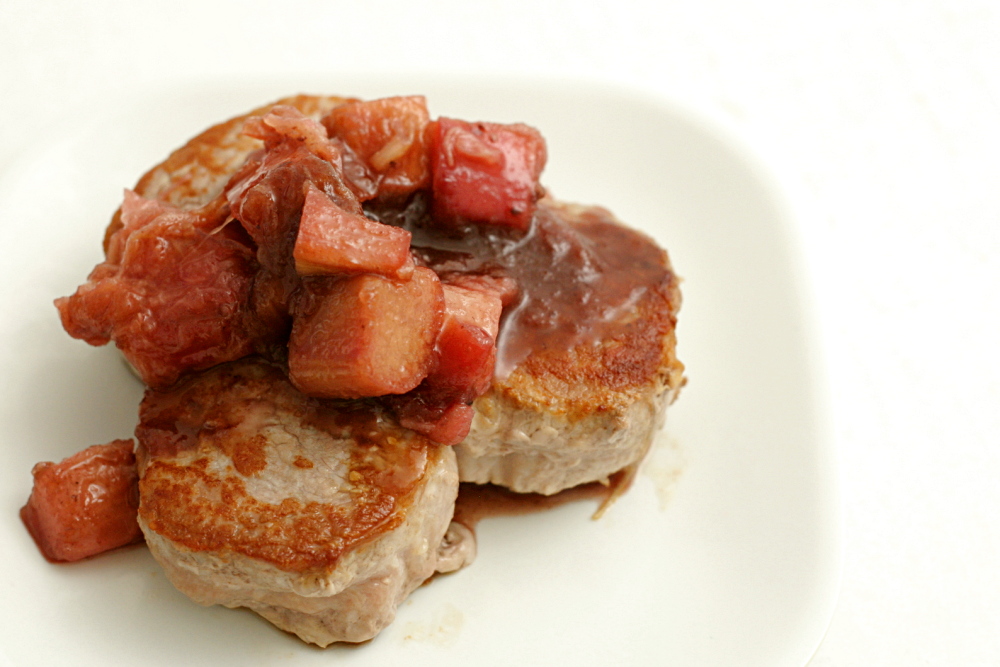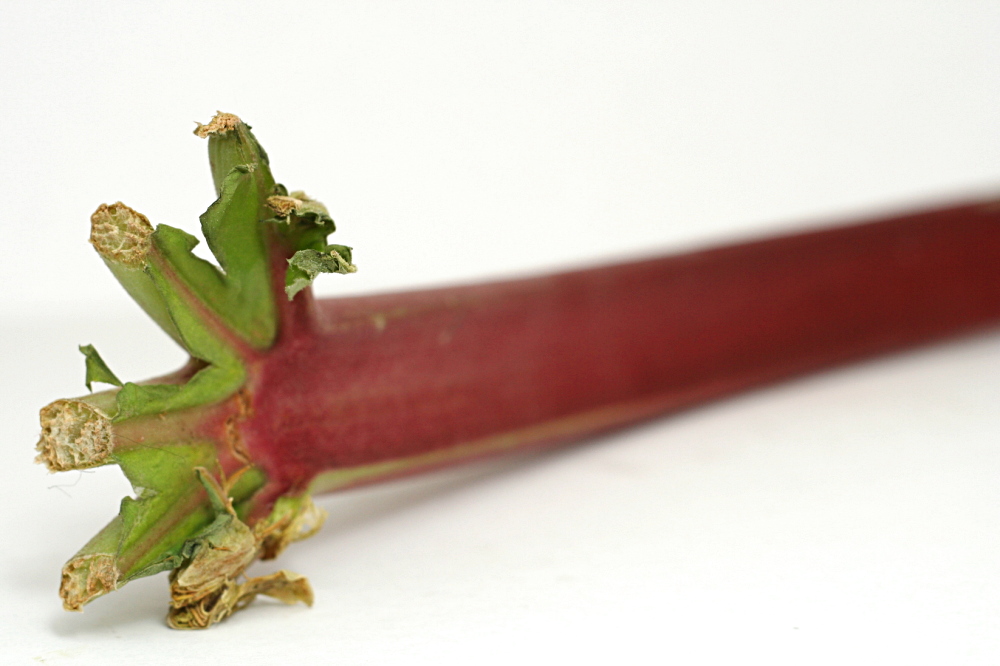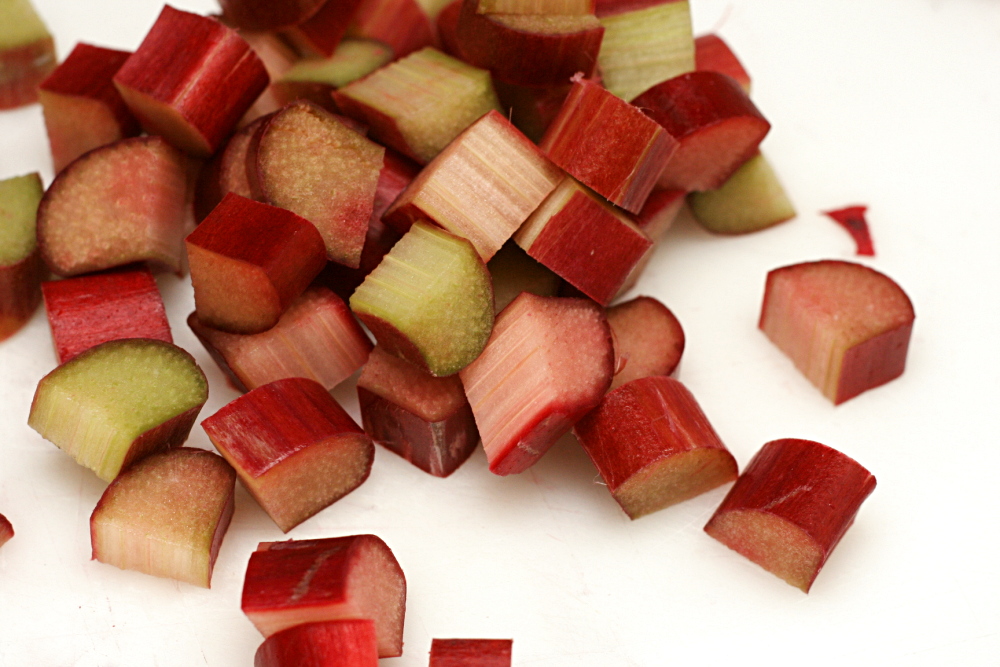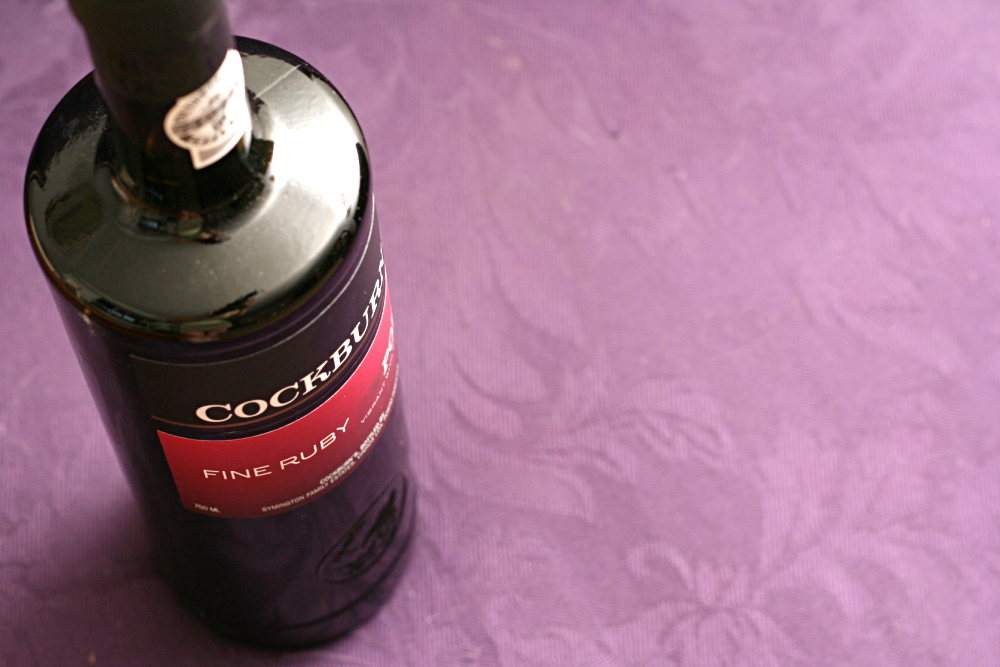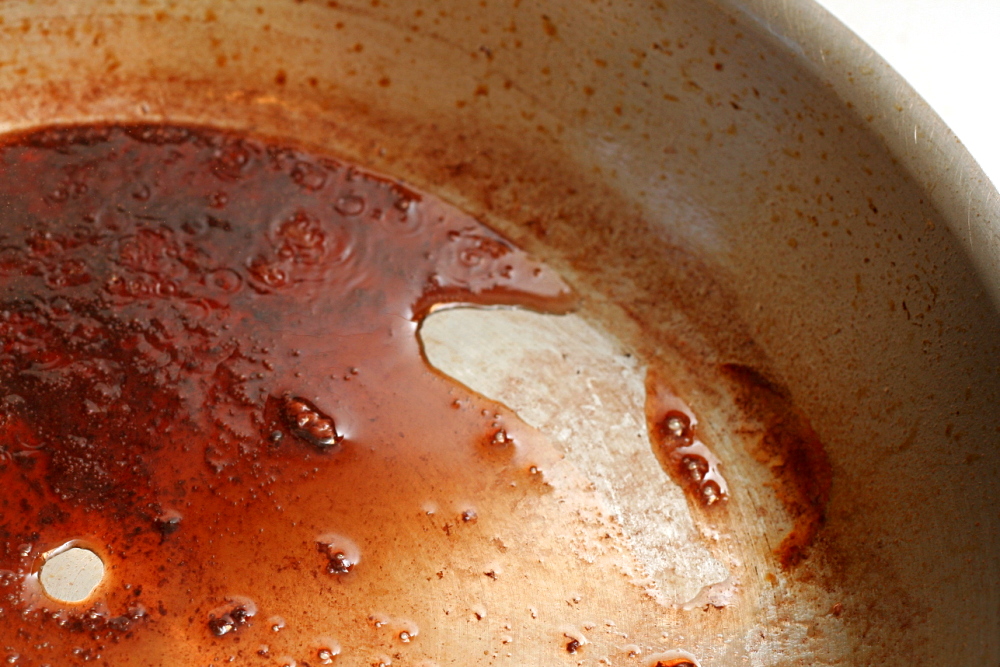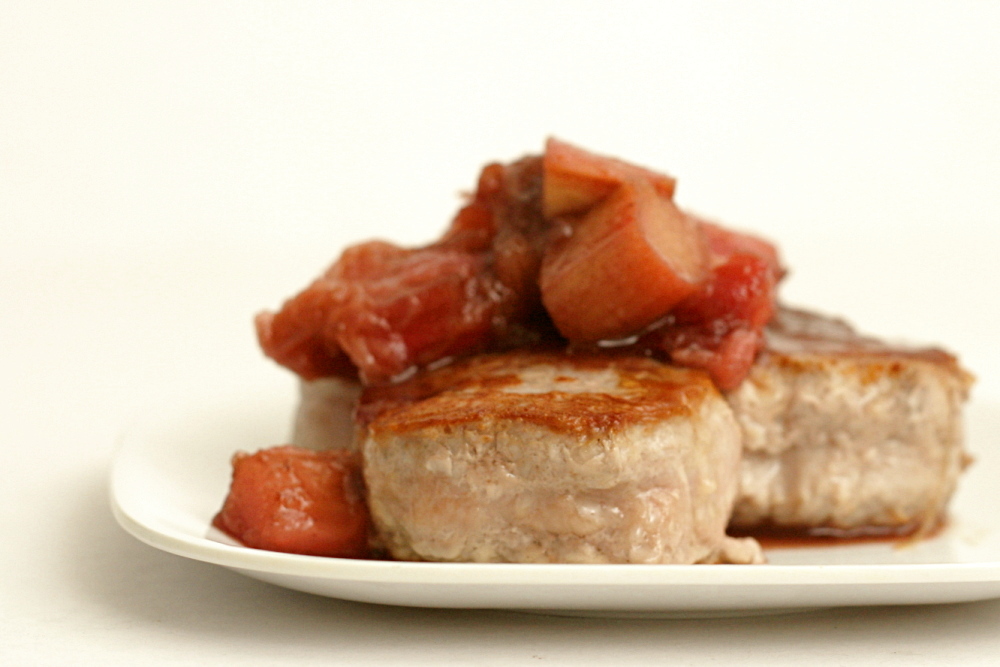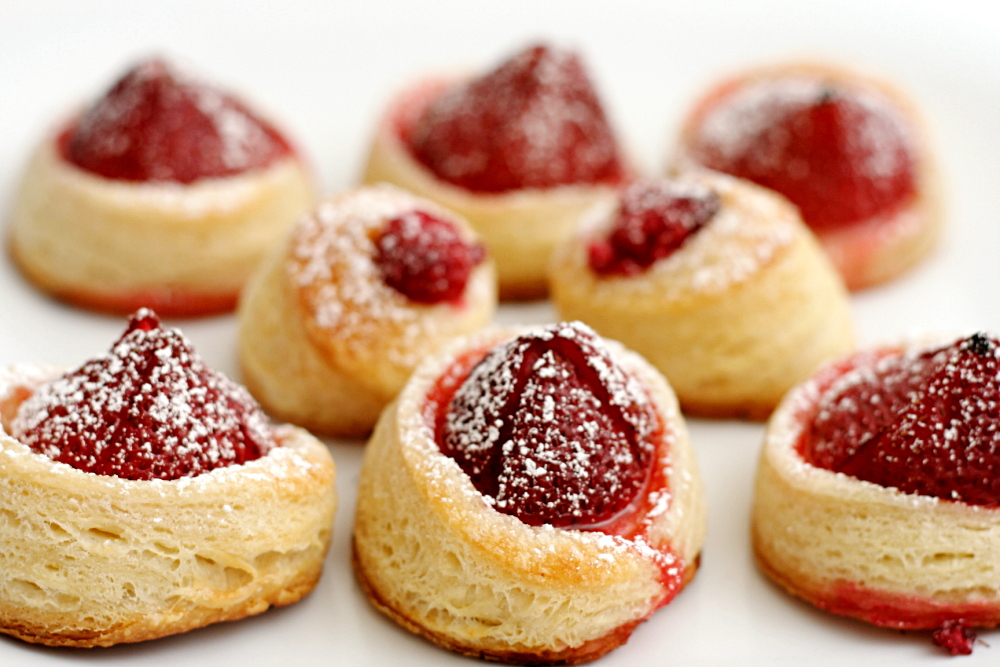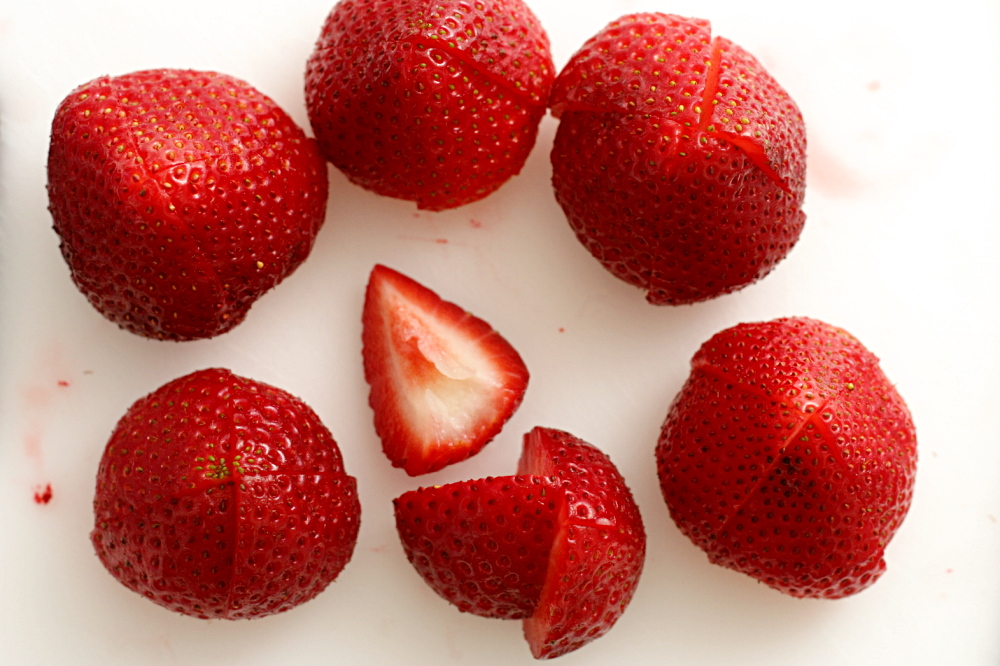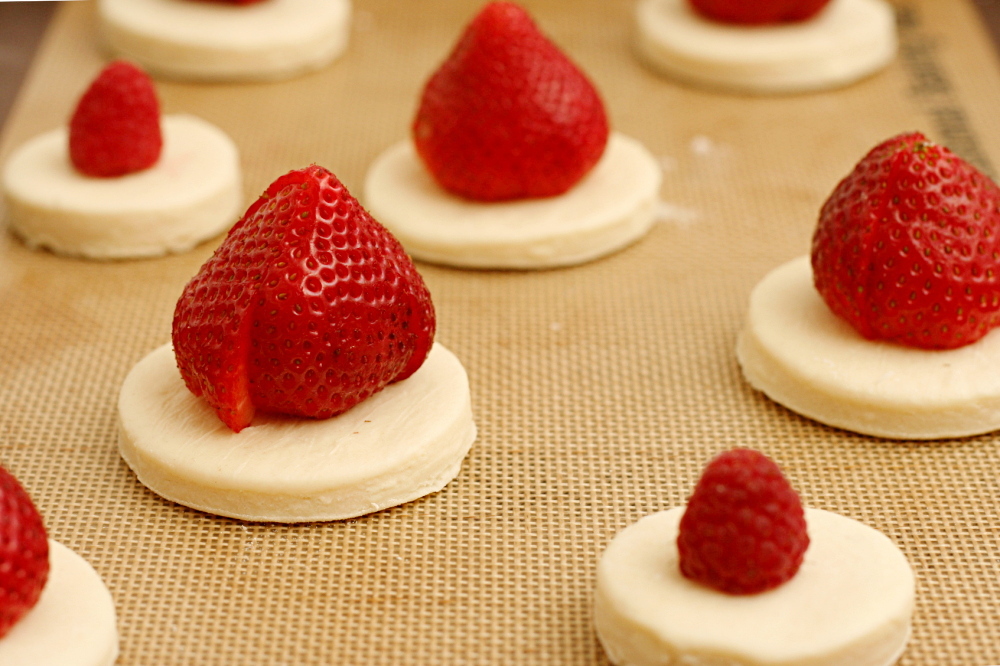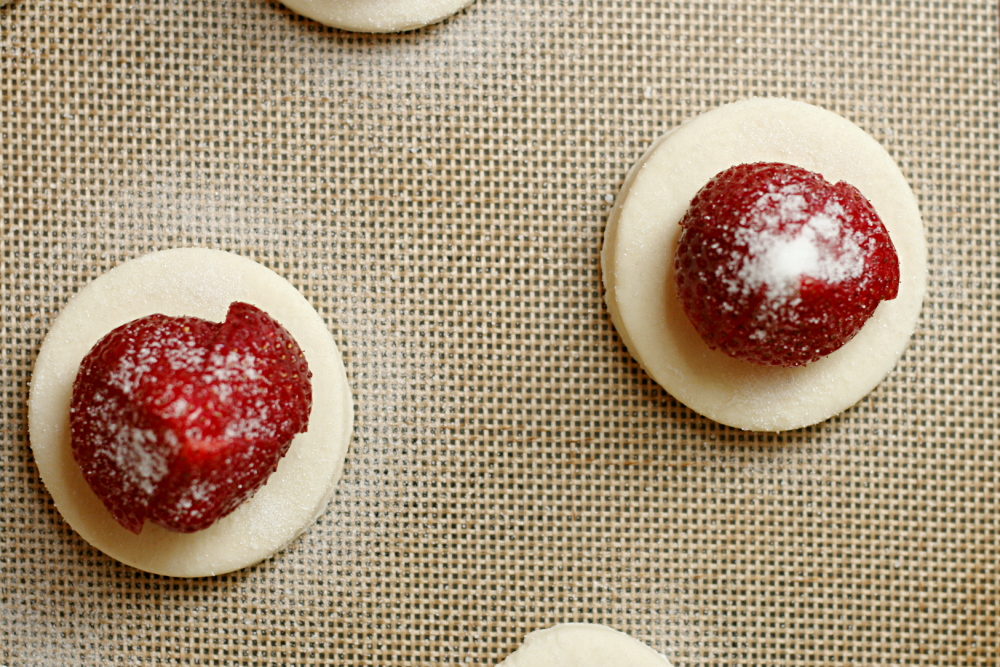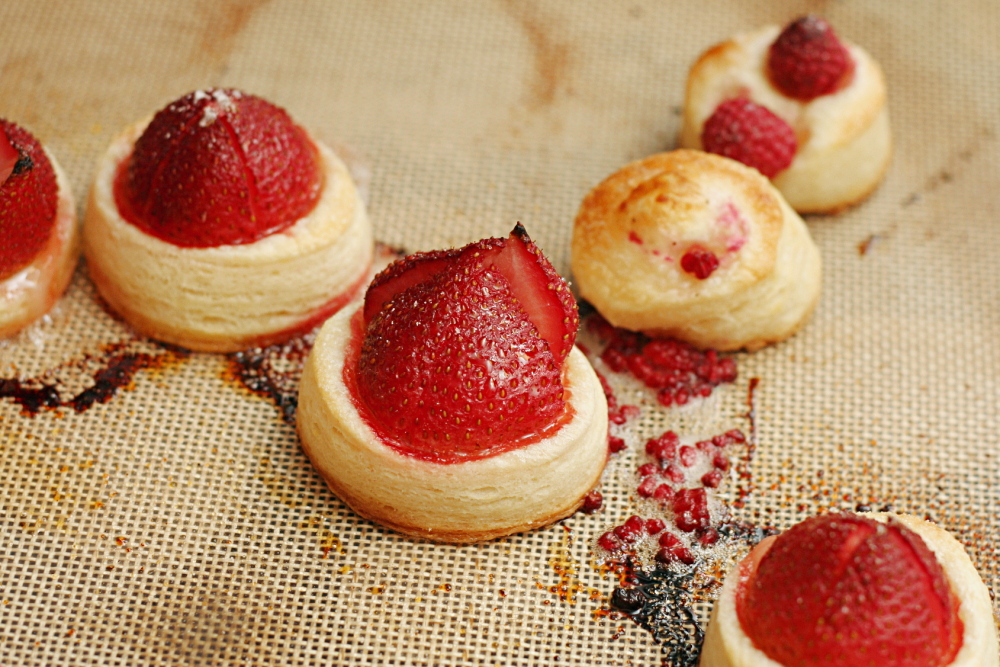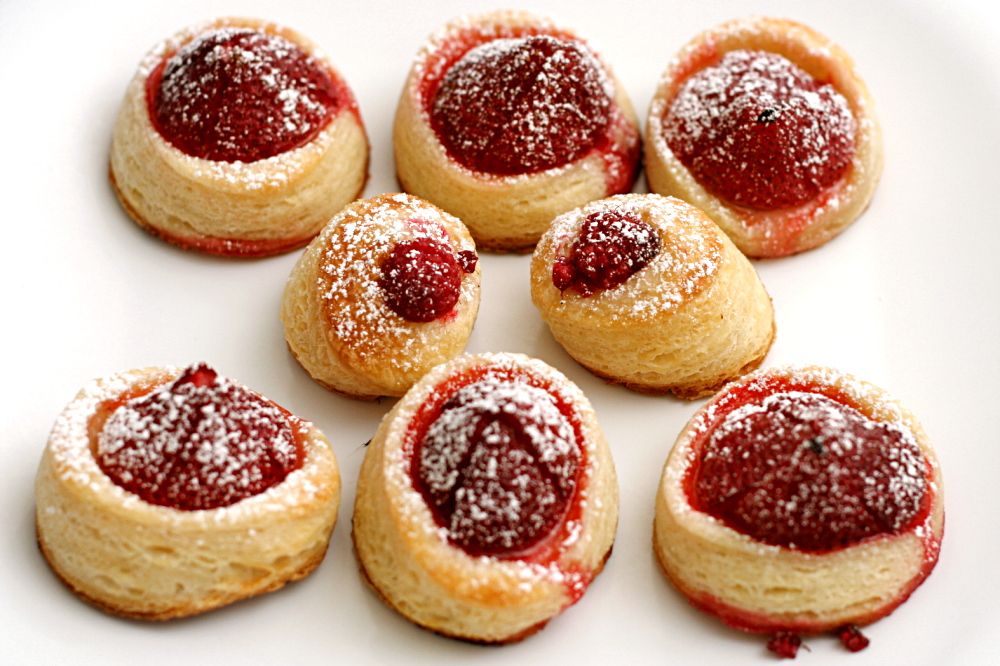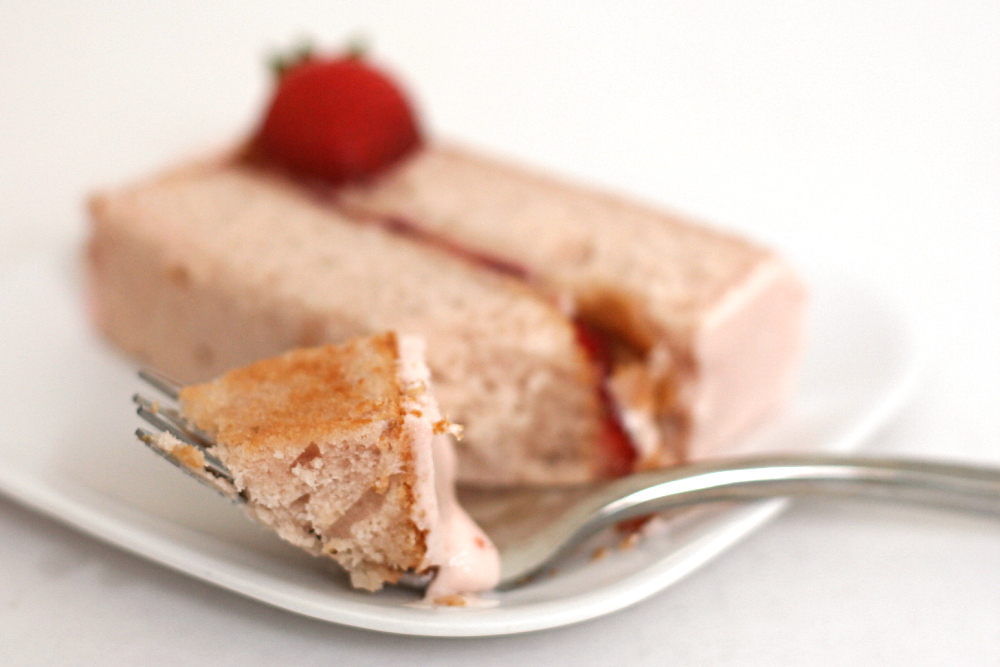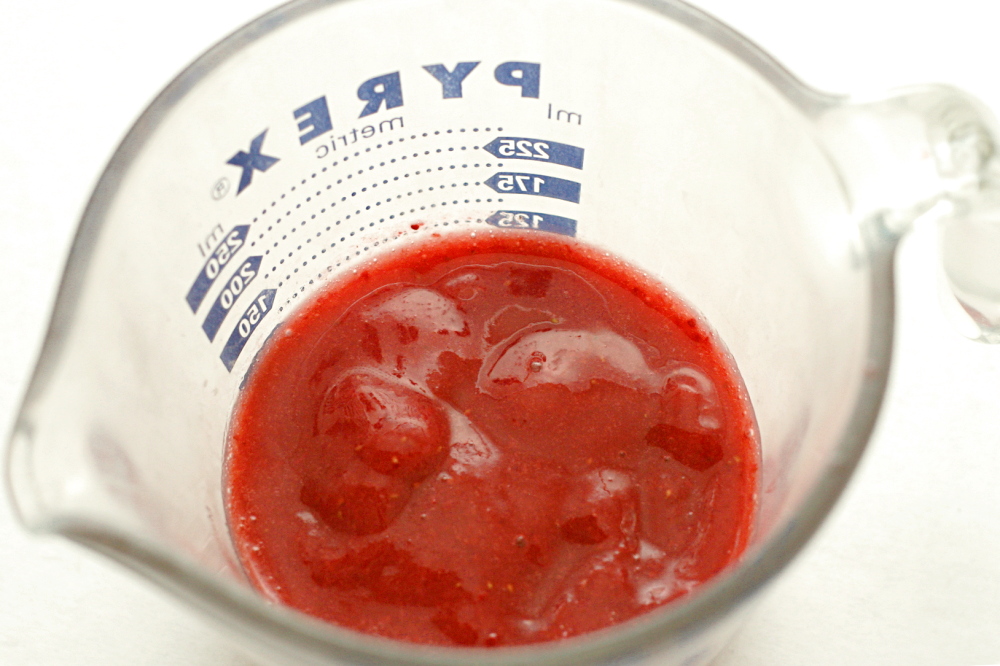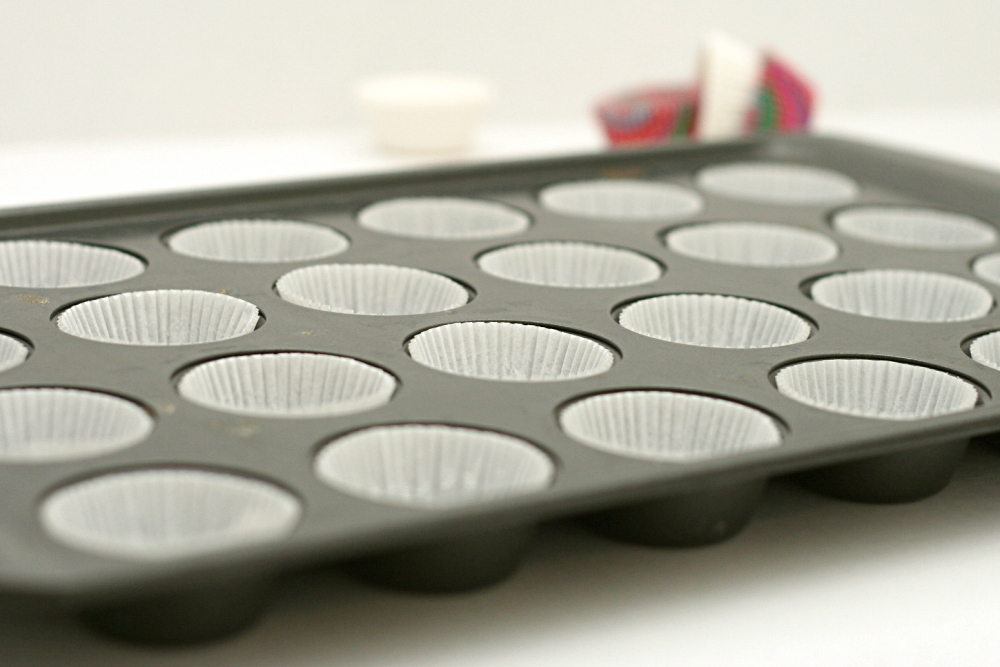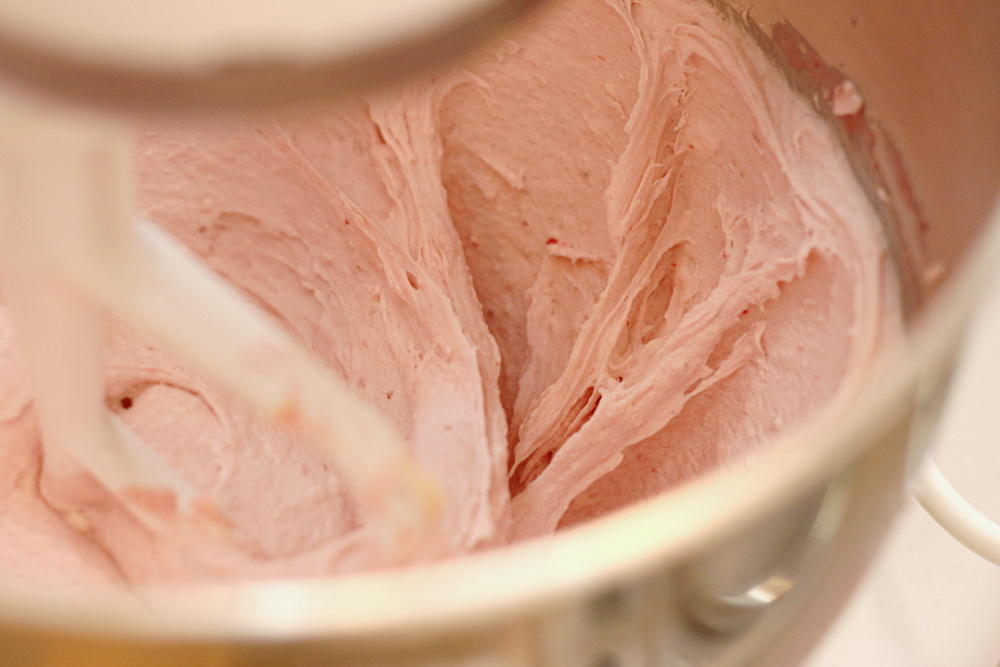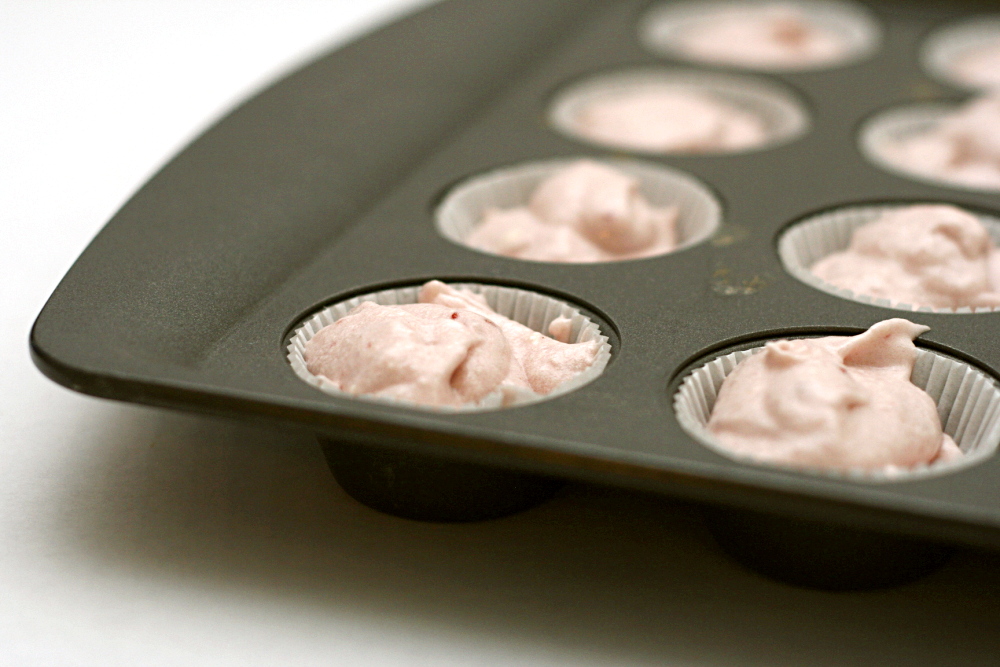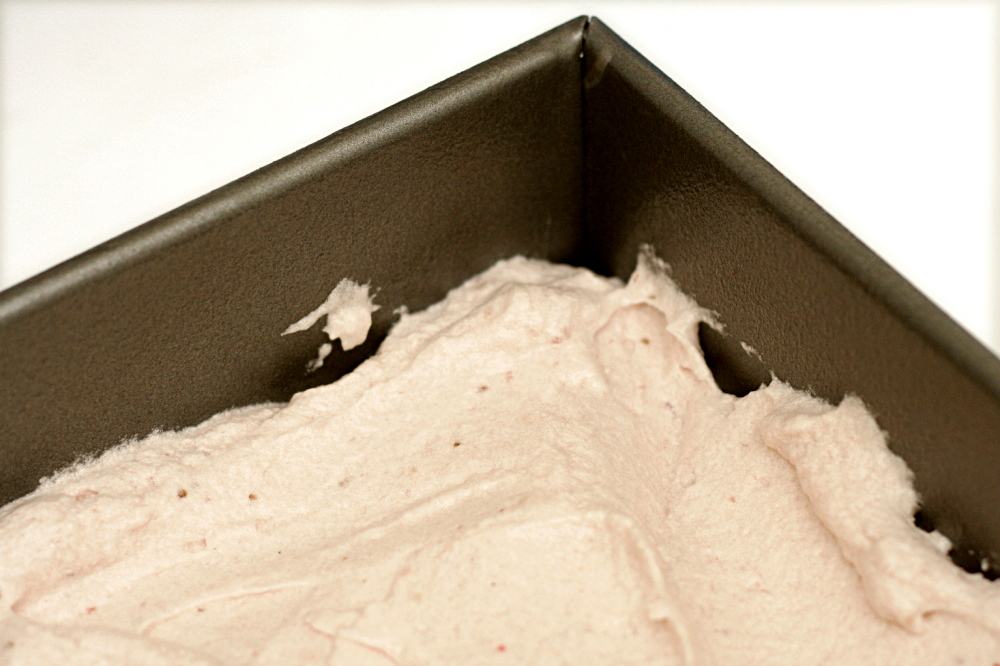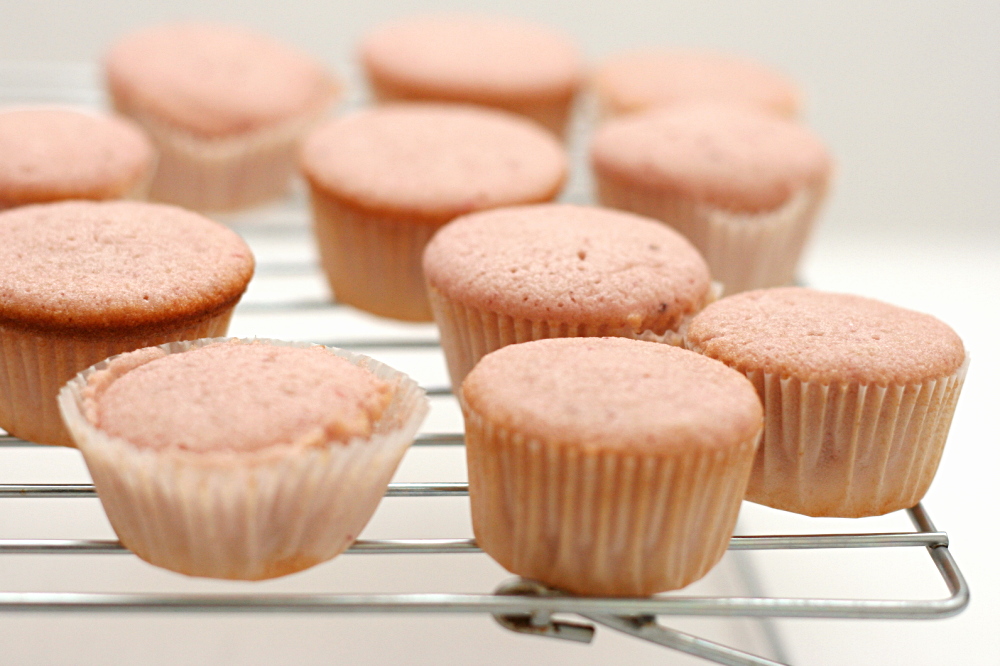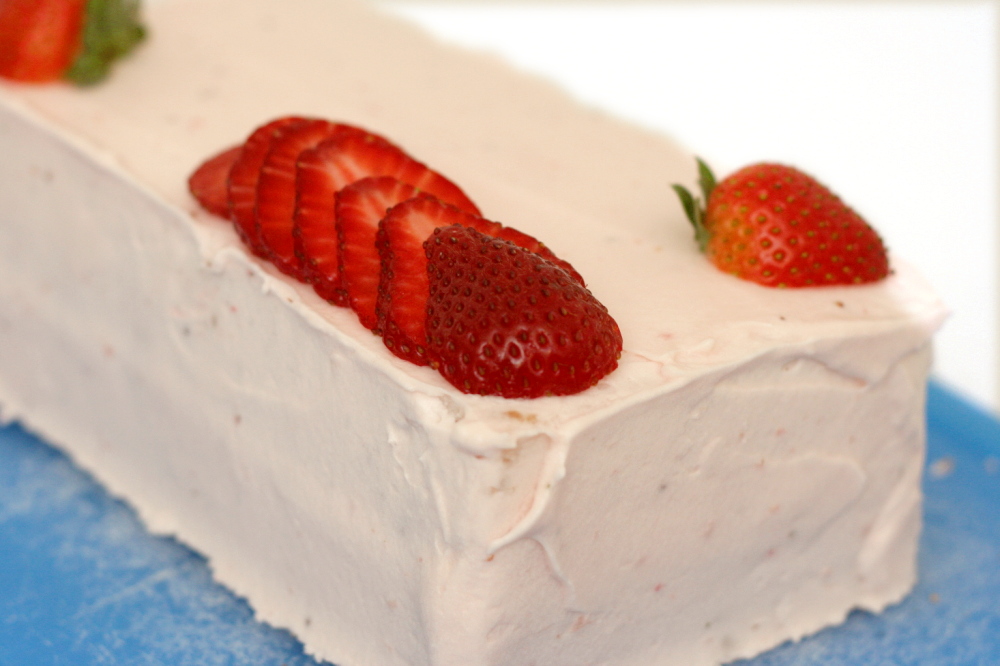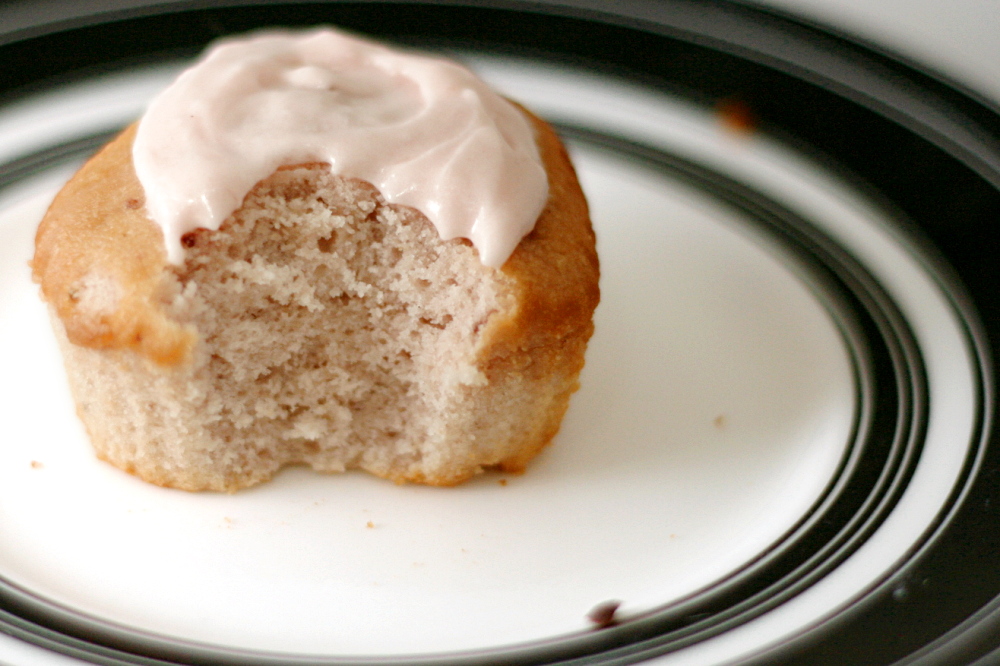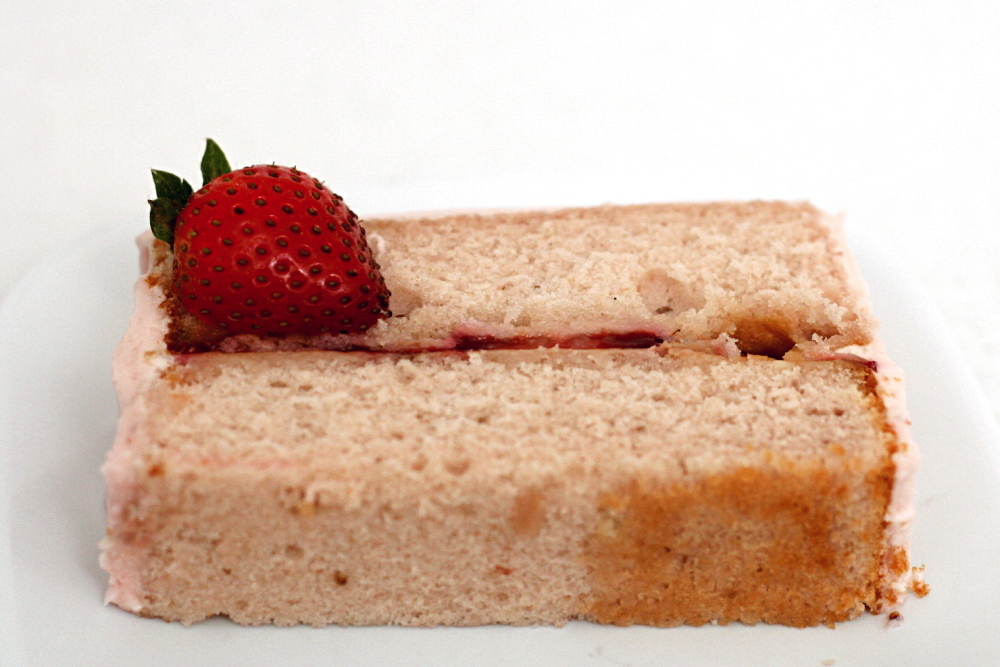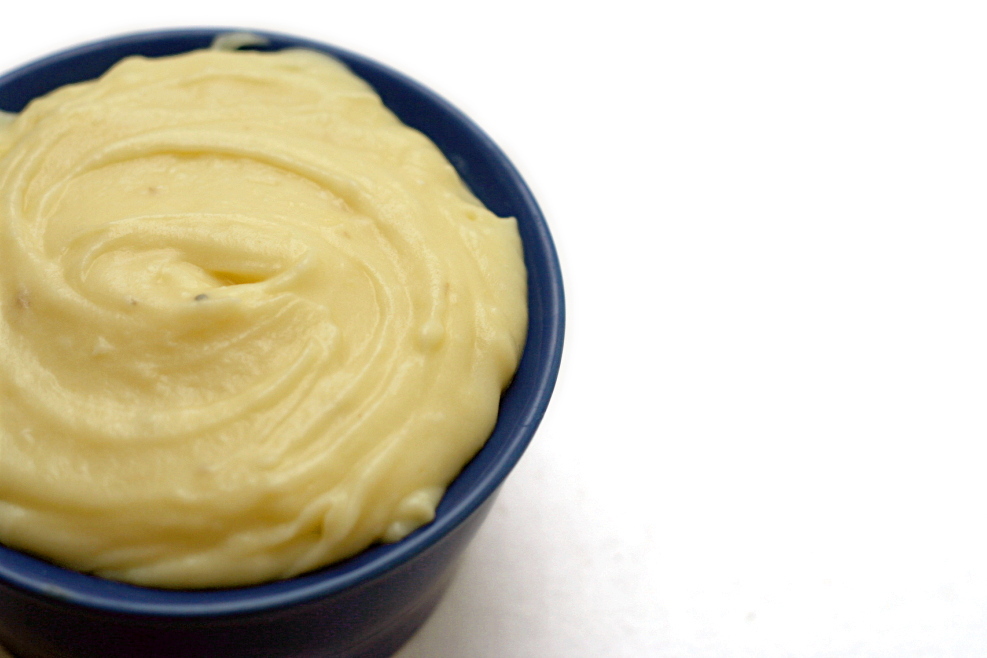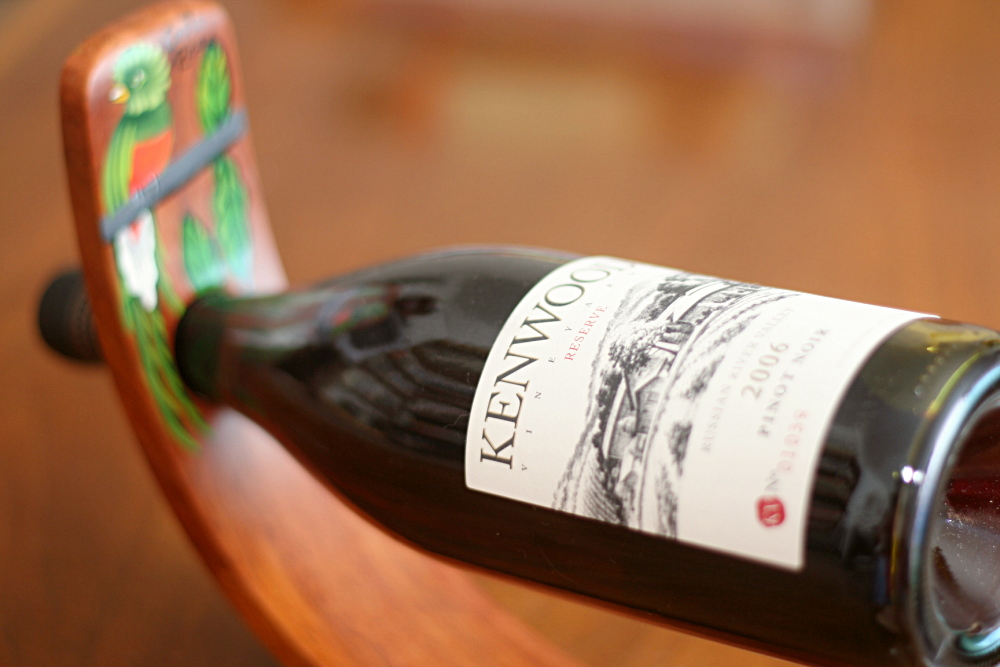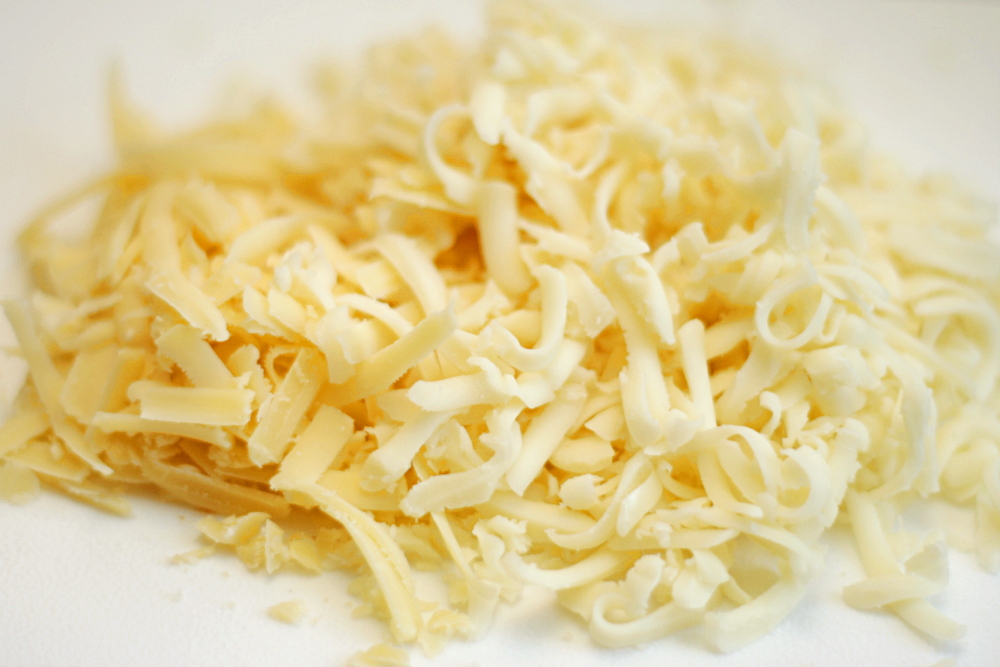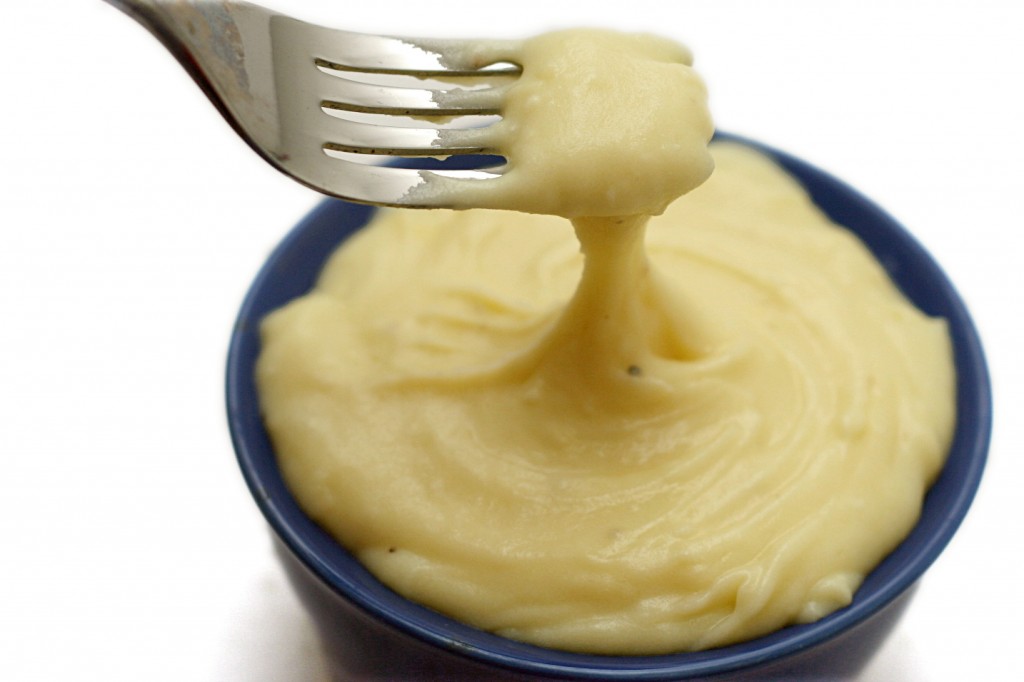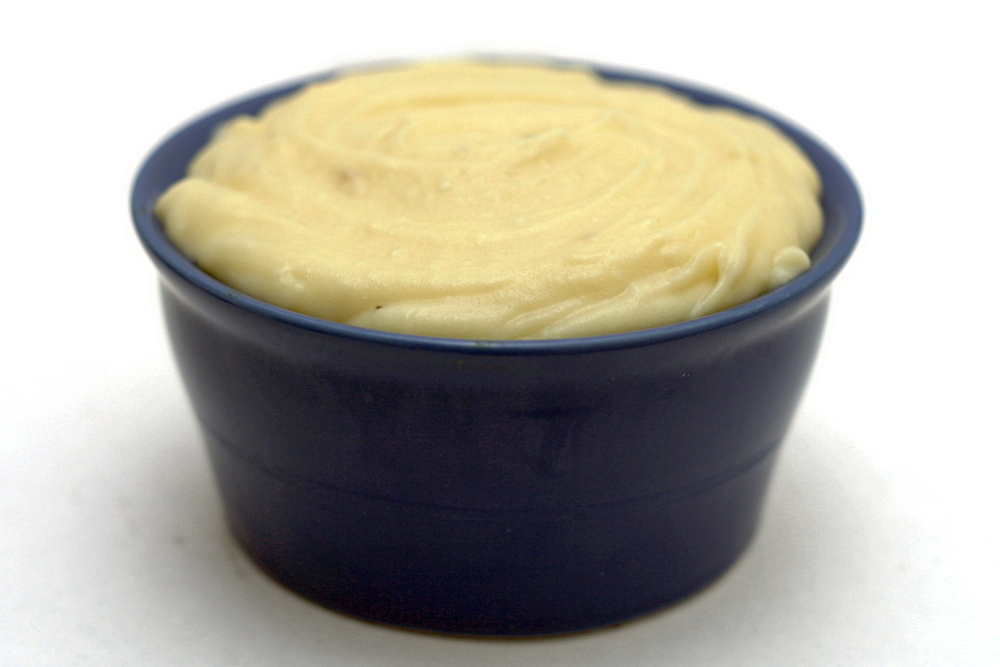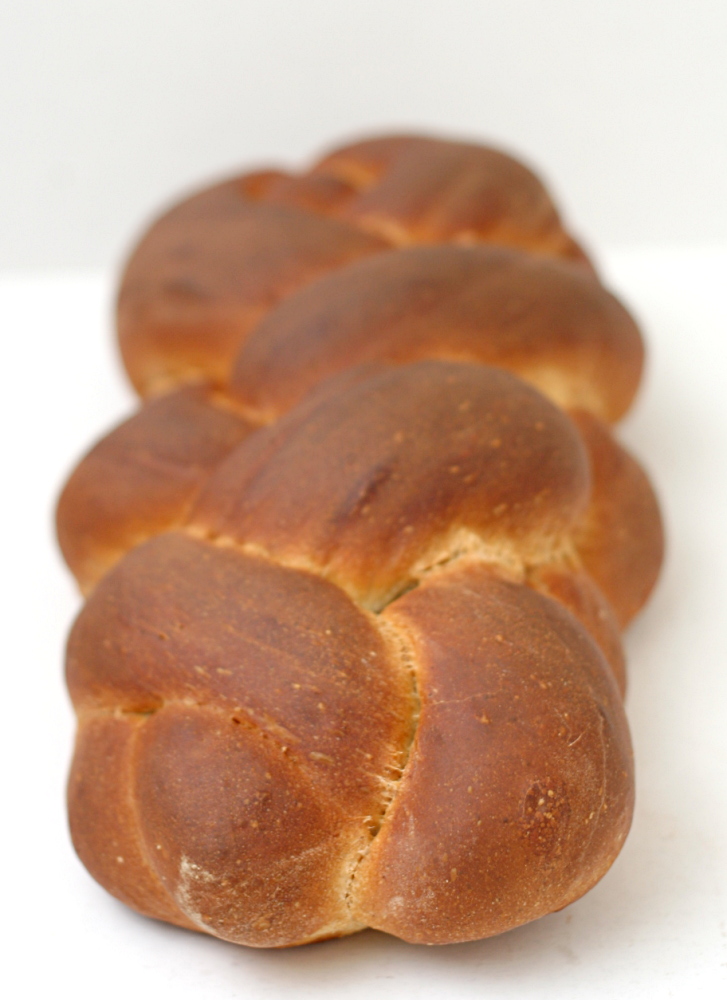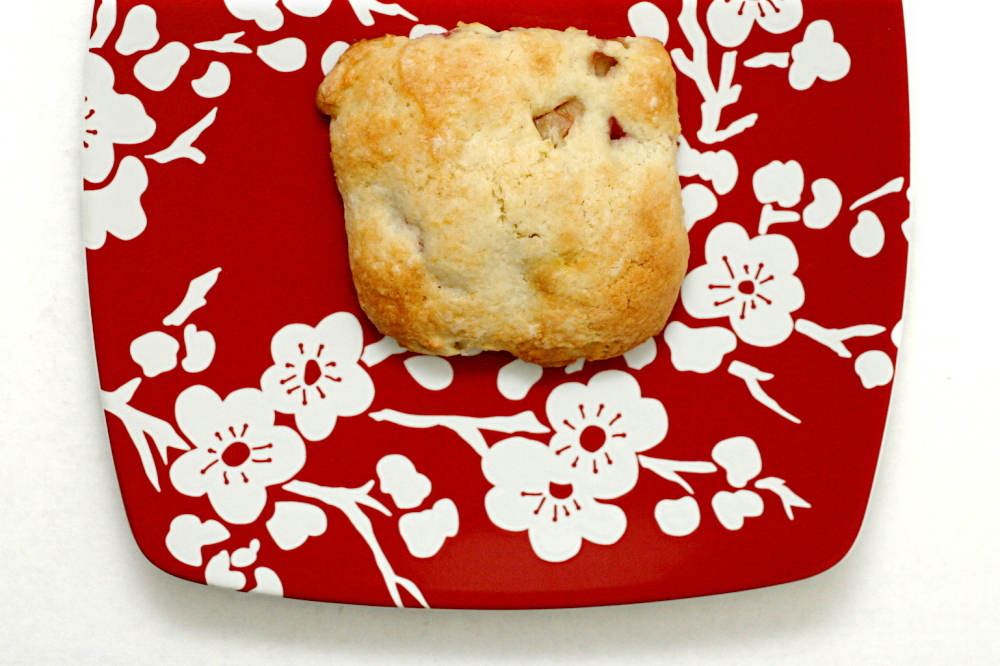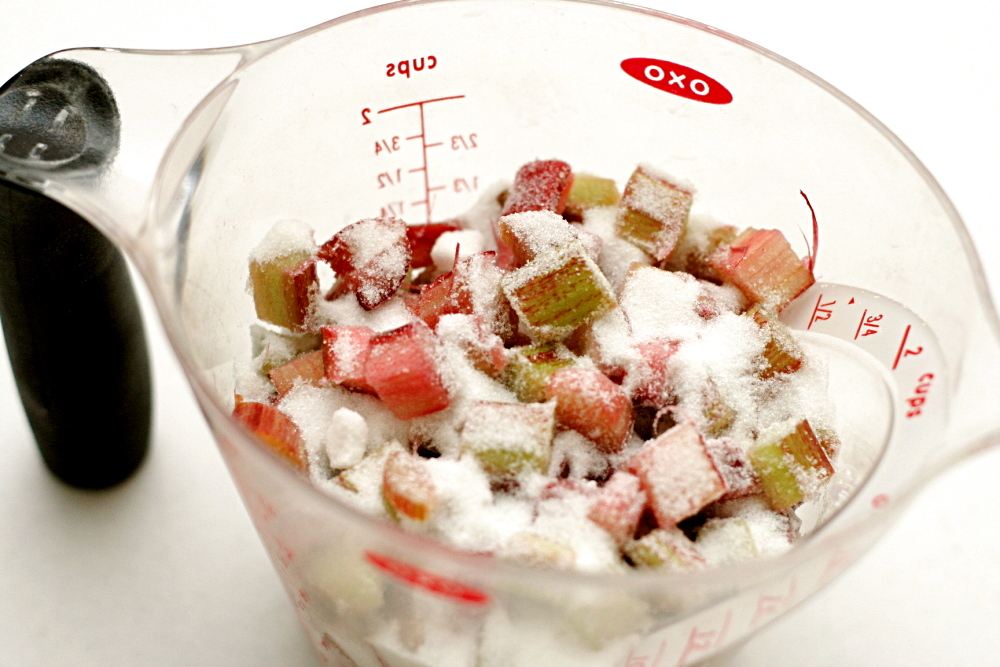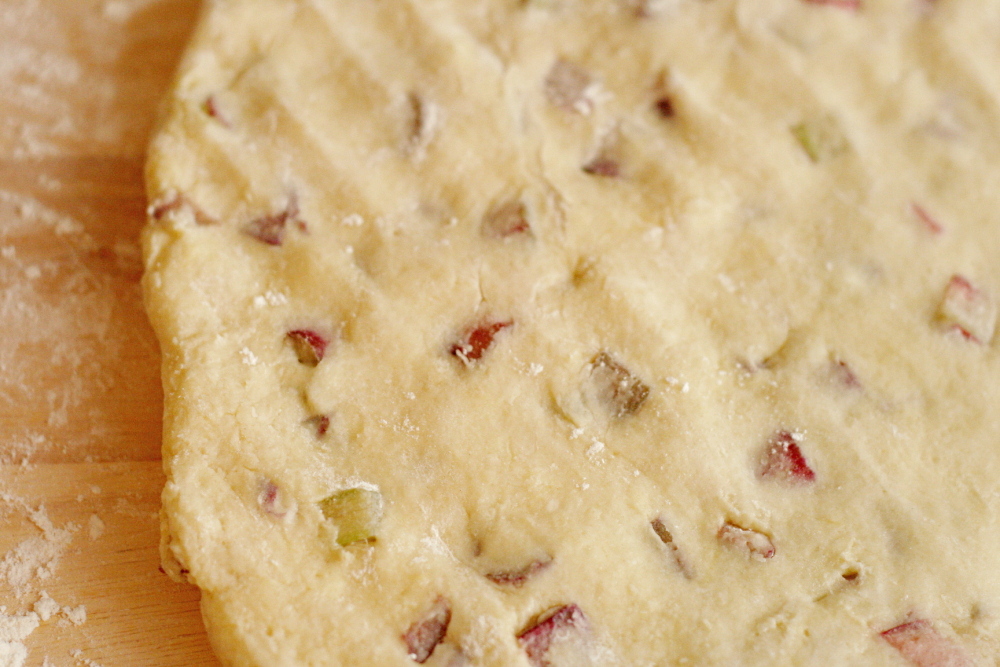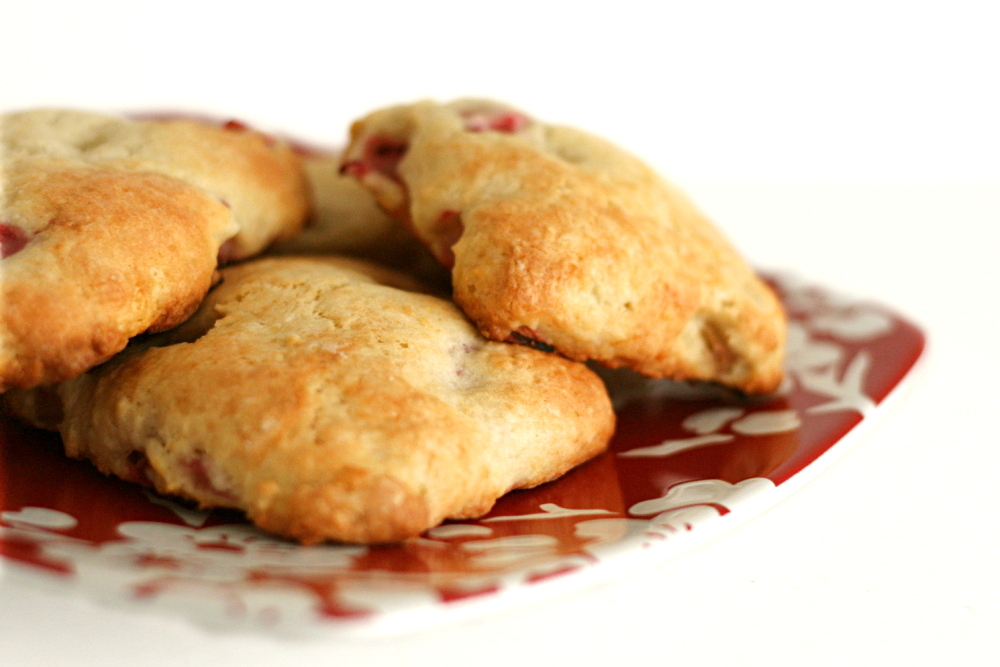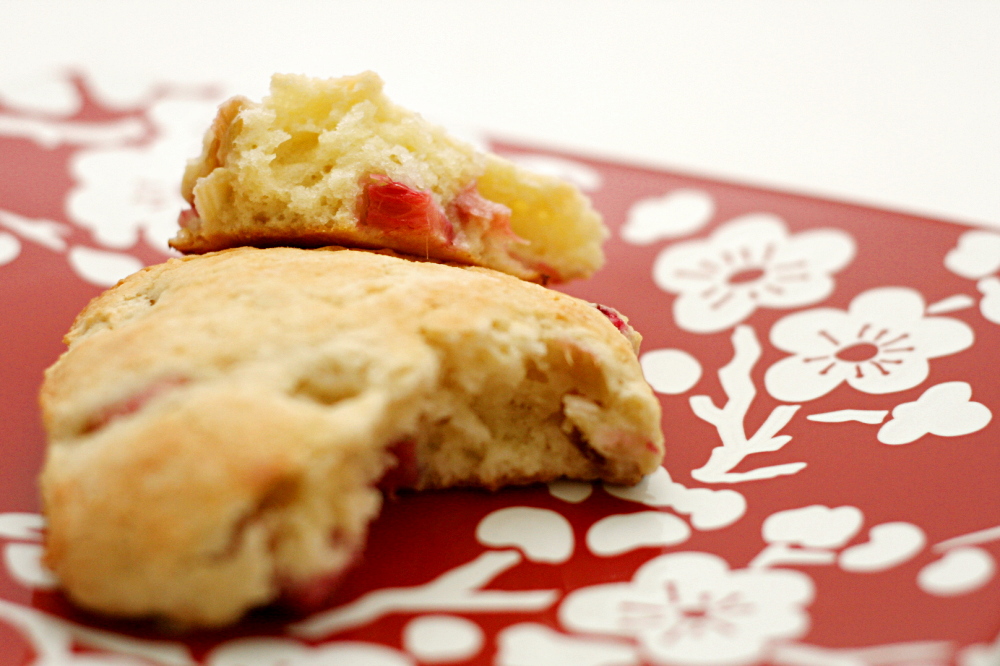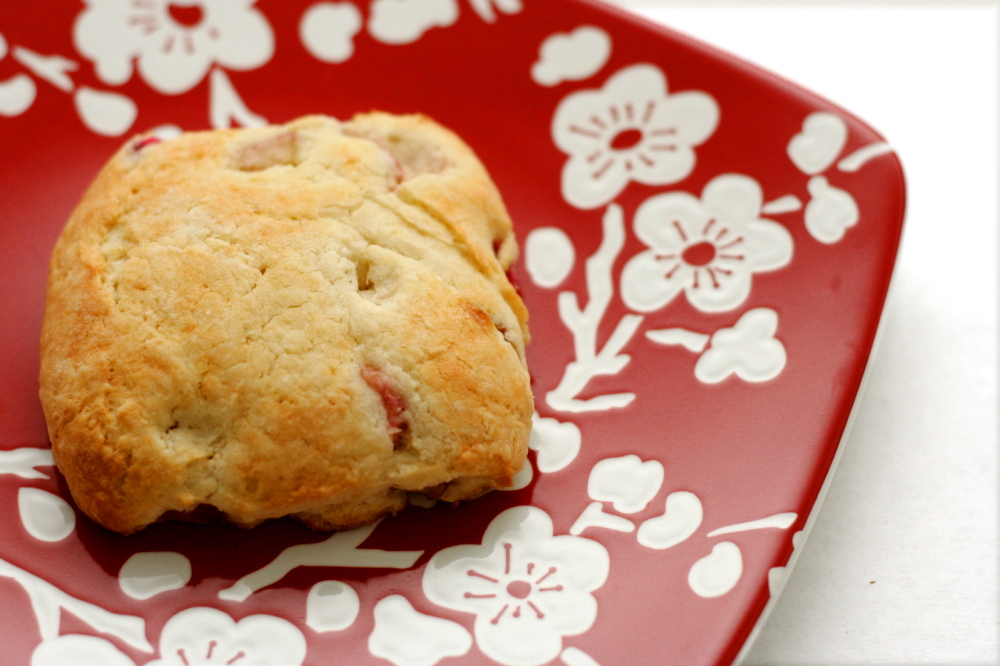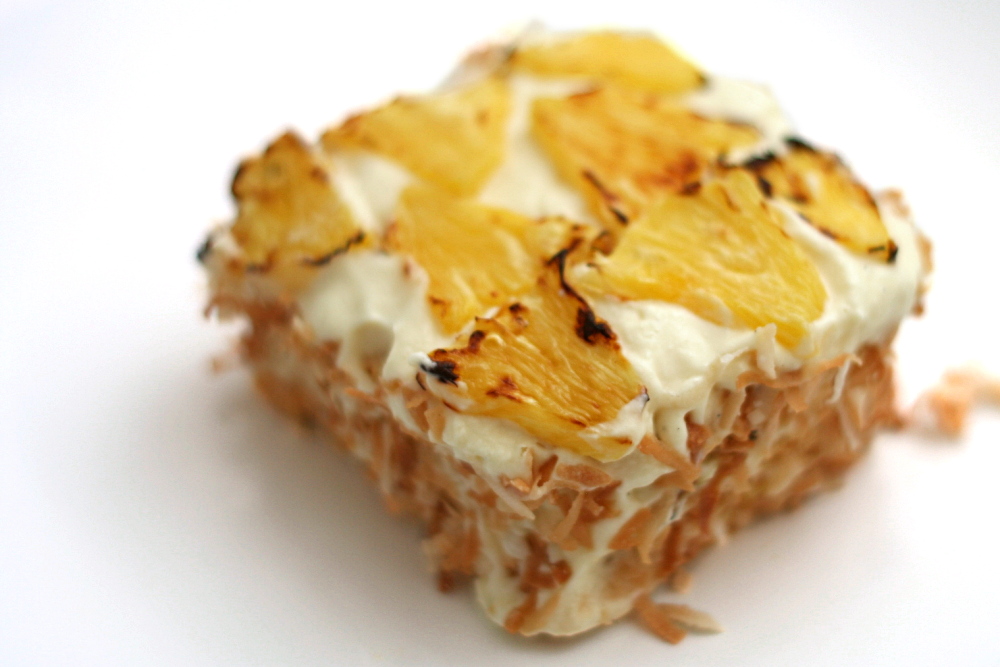
I hear people say that they’re a member of Tuesdays with Dorie because it gets them baking recipes they wouldn’t normally choose for themselves. Usually, I think they’re referring to things that don’t necessarily sound good but then are surprisingly tasty, like the peanut butter chocolate chip oatmeal cookies were for me.
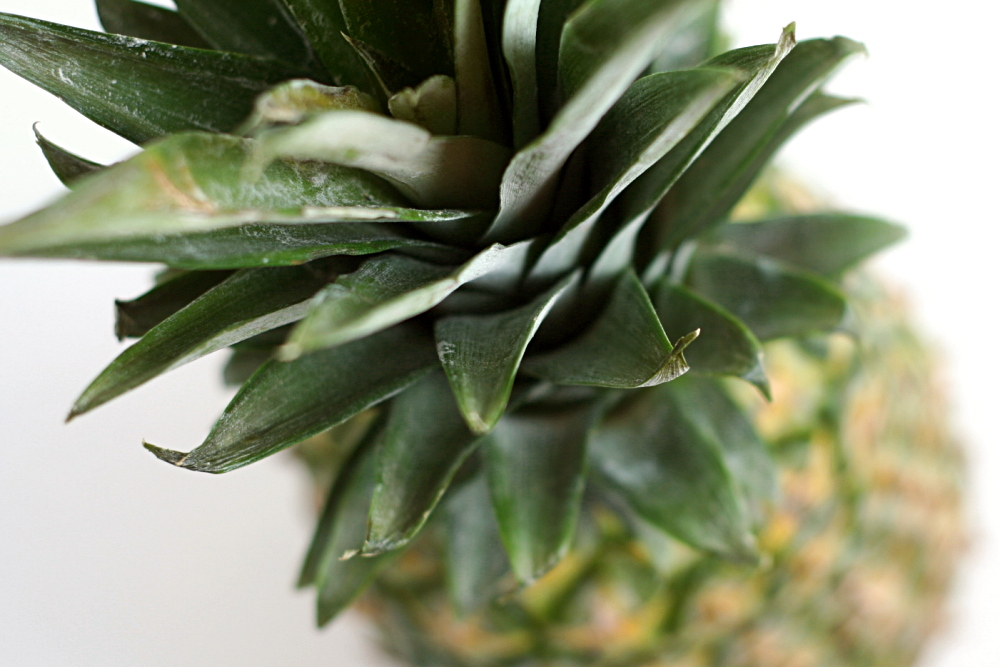
I would never have gotten around to making this dacquoise not because it doesn’t look good (the picture in the book is beautiful), but because it’s a pain in the butt. I believe this is the most complex recipe we have made, or will make, for Tuesdays with Dorie.
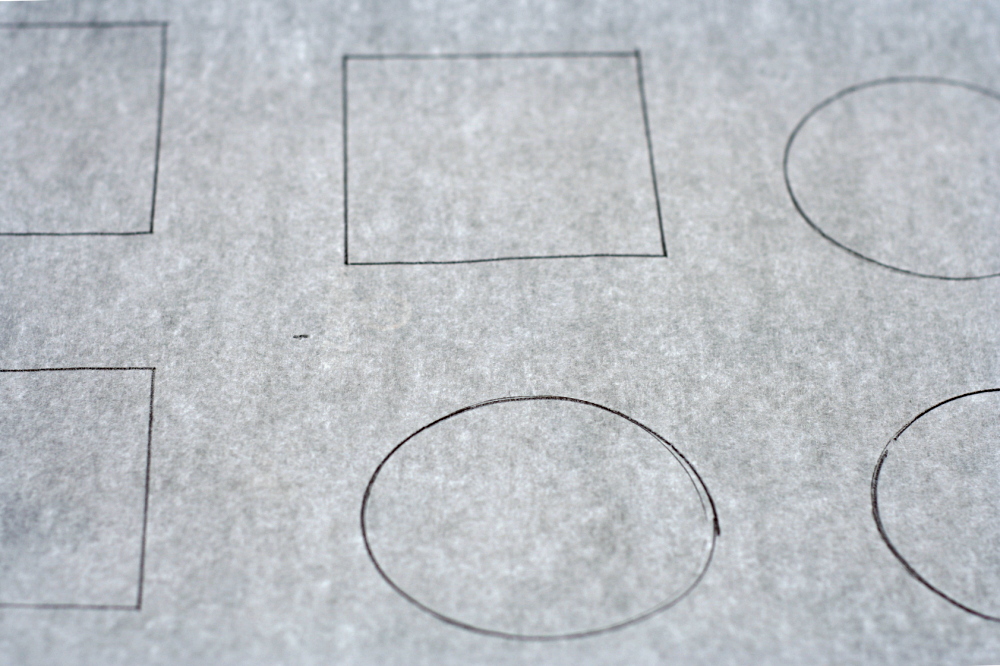
Before the meringue shells can even be made, a few preparation steps are in order – outlining the area on which to spread the meringue and grinding ingredients in the food processor. Only then can the egg whites be whipped and the ground ingredients folded in. Then the meringue needs to bake for three hours.
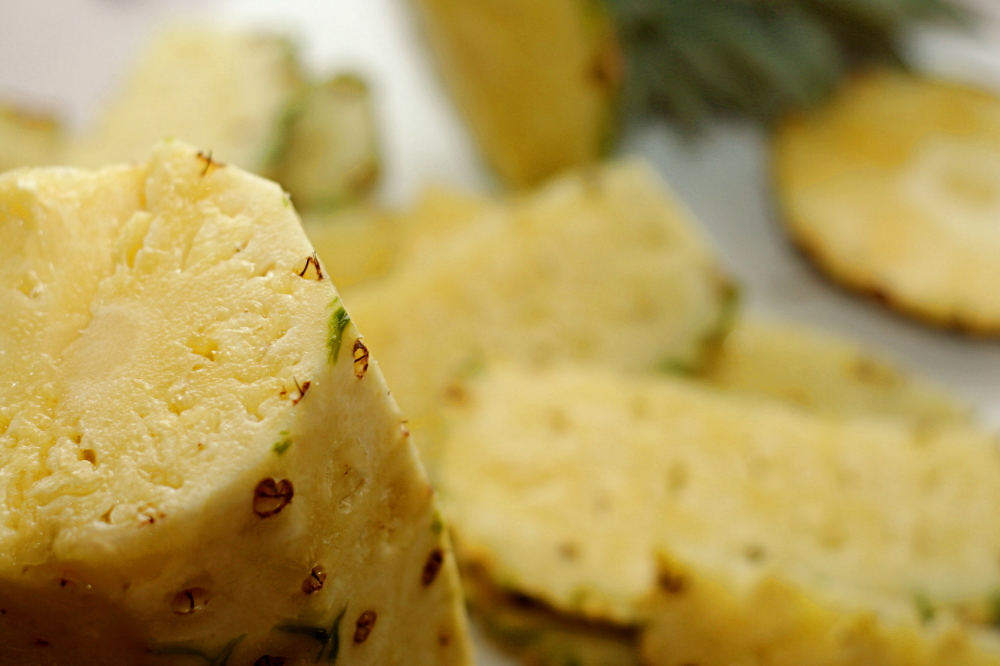
Meanwhile, white chocolate is melted with hot cream, then chilled. And a pineapple has to be cut and roasted, and coconut has to be toasted. Only then can all of the components be combined into a multi-layer dessert – which can’t be eaten until it’s been chilled for several hours.
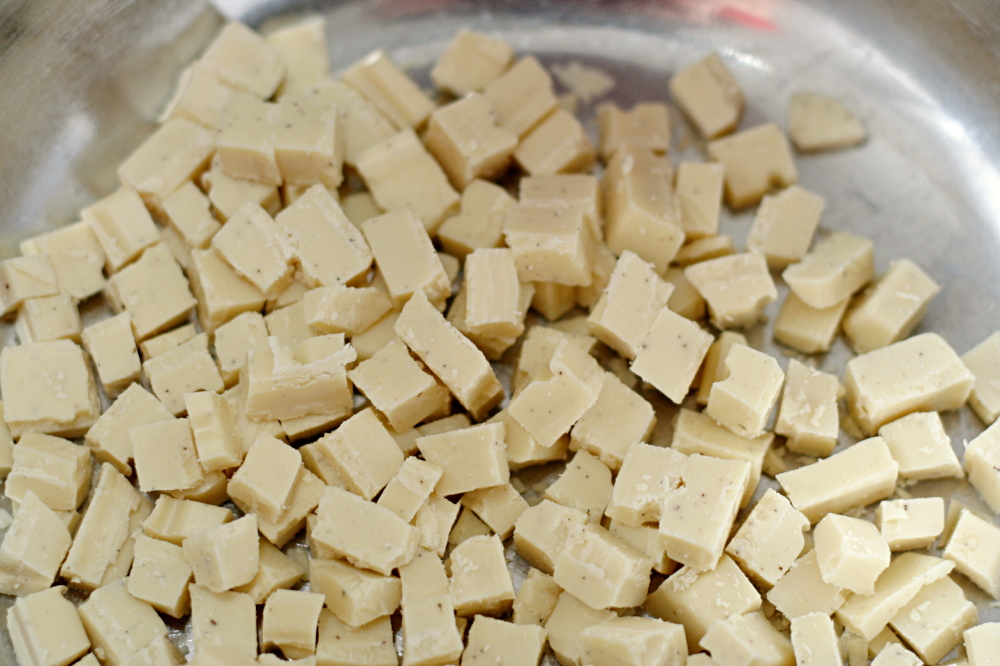
It was a lot of work. But it was fun, because it was the first time I’d baked meringue shells, the first time I’d bought and cut a whole pineapple, and the first time I’ve whipped white chocolate ganache without any swearing.
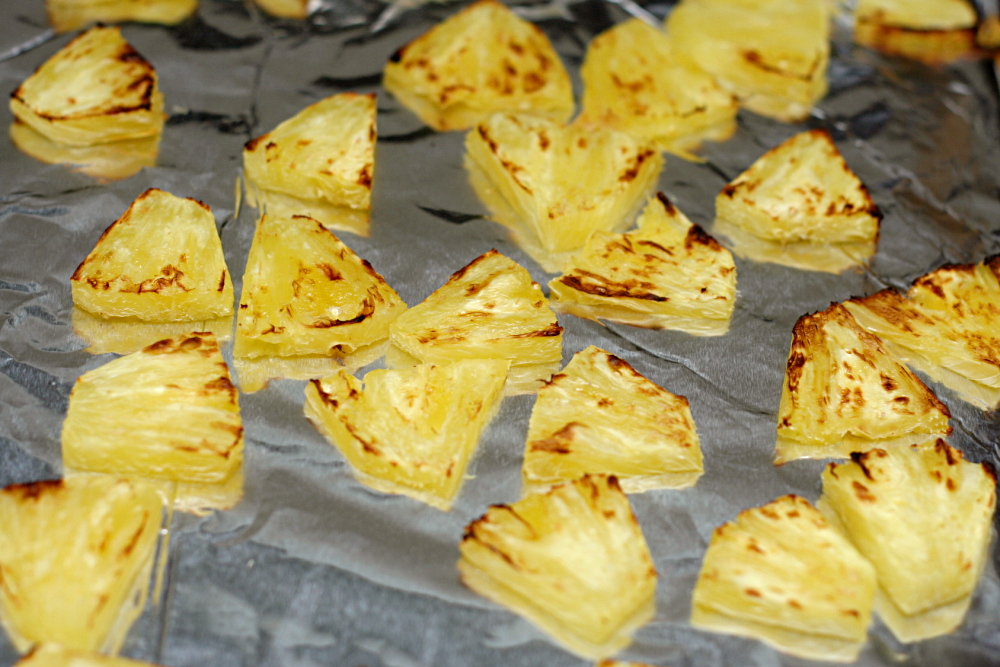
I enjoyed the components together. I made enough of everything for two small cakes and layered each one on the day we were going to eat them. The first one didn’t get a chance to set as long as Dorie recommends, and it was good, but a little too sweet for me and Dave. The second one, chilled longer, seemed to mellow as it set, and it was very good. I learned a lot, I had fun, and I got to eat a new, tasty dessert – all in all, it was a good week, despite my initial reservations (i.e., whining).
Andrea chose this recipe, and she has it posted.
One year ago: Pigs in a Blanket – we just had this for dinner last week!
